
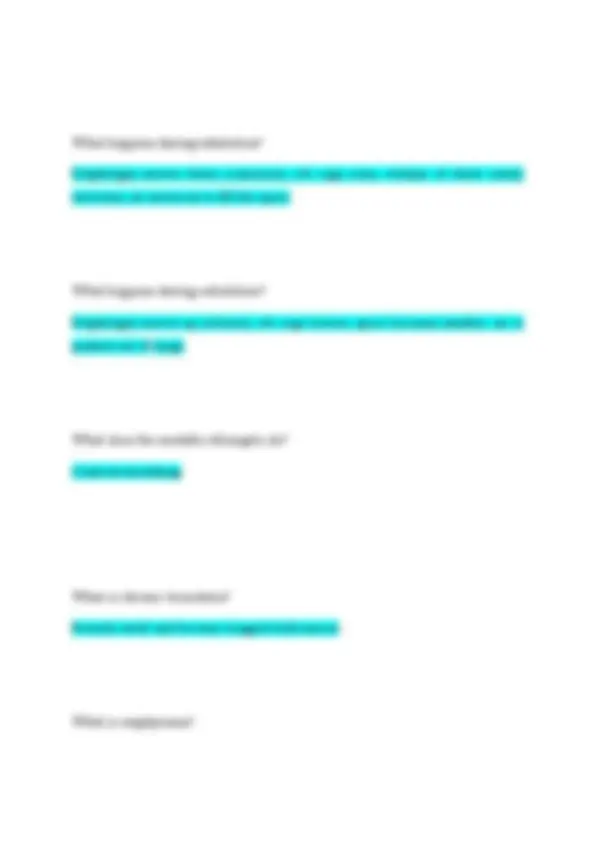
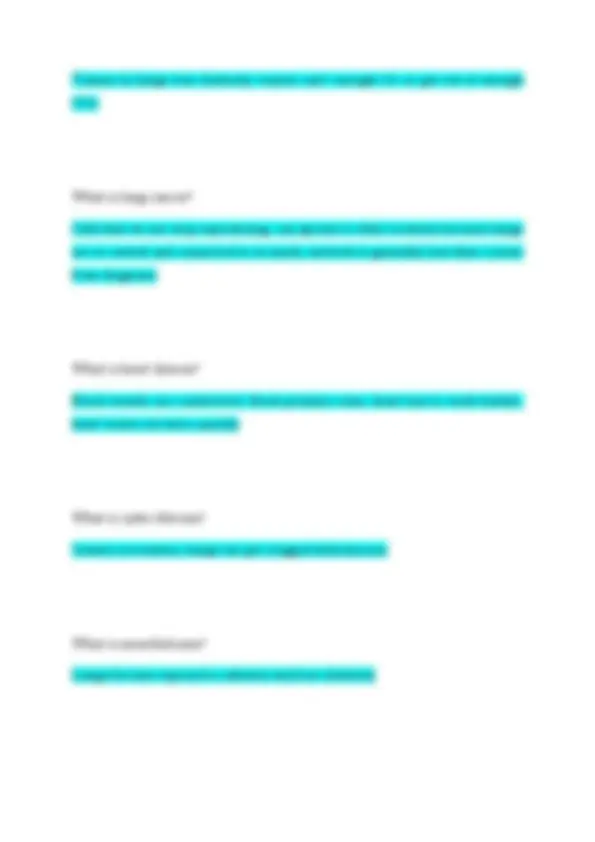
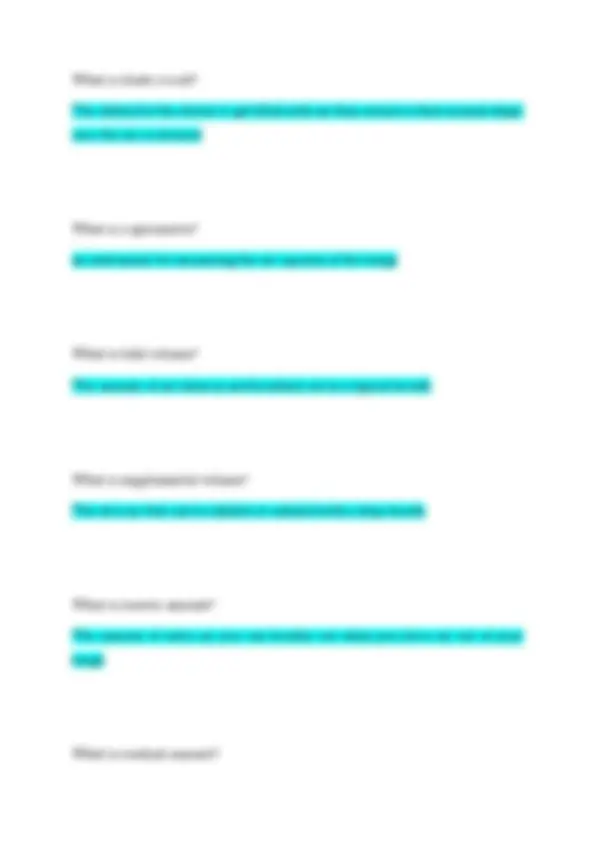
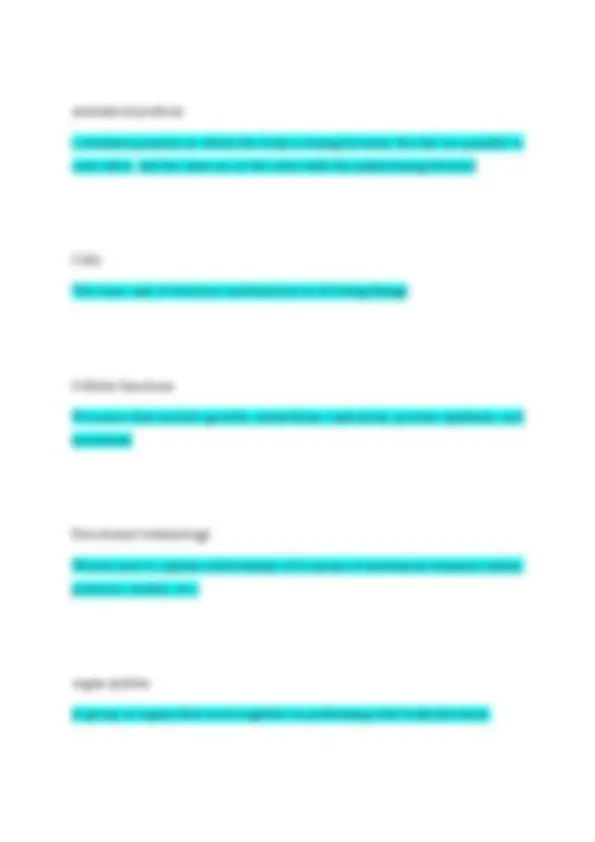
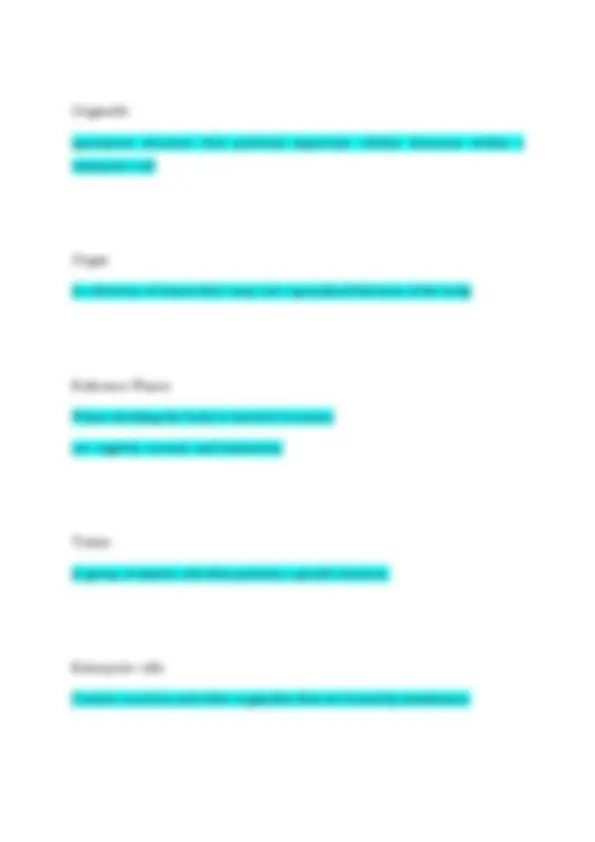
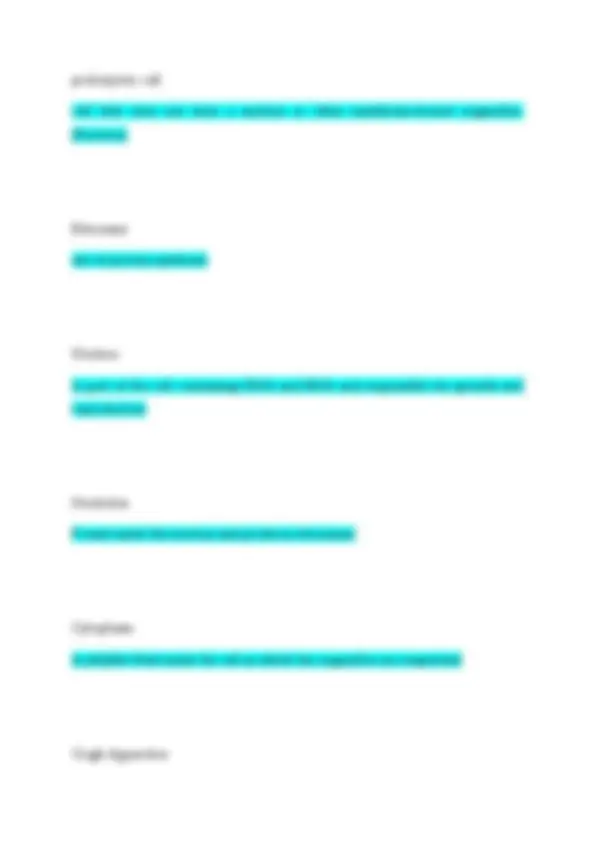
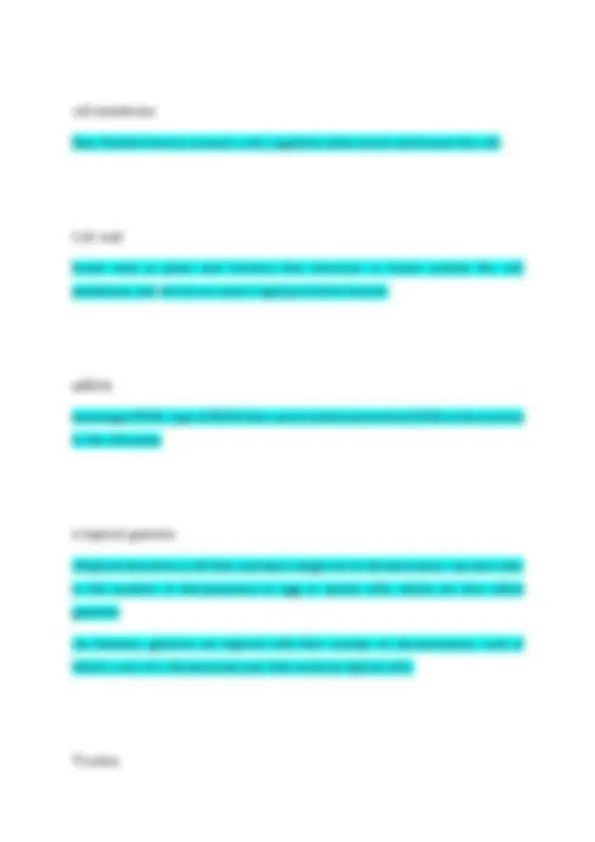
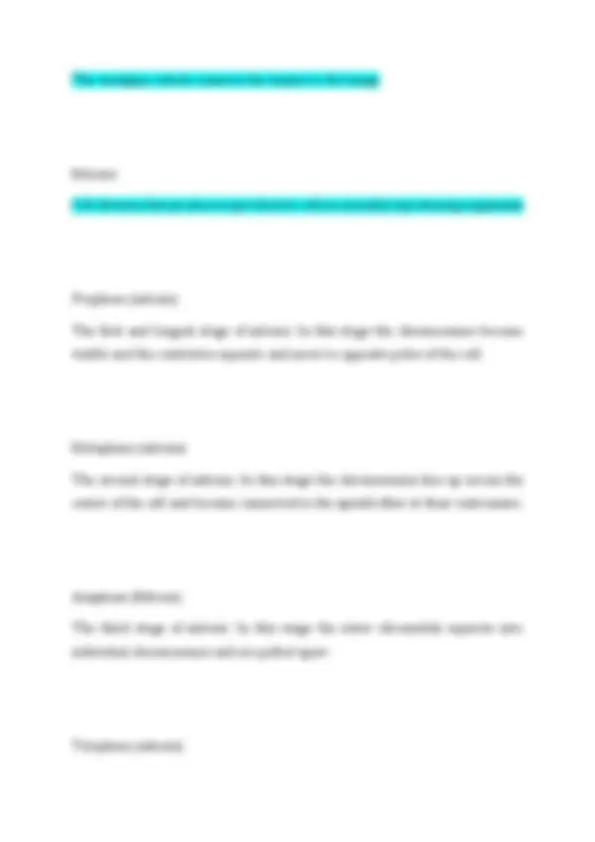
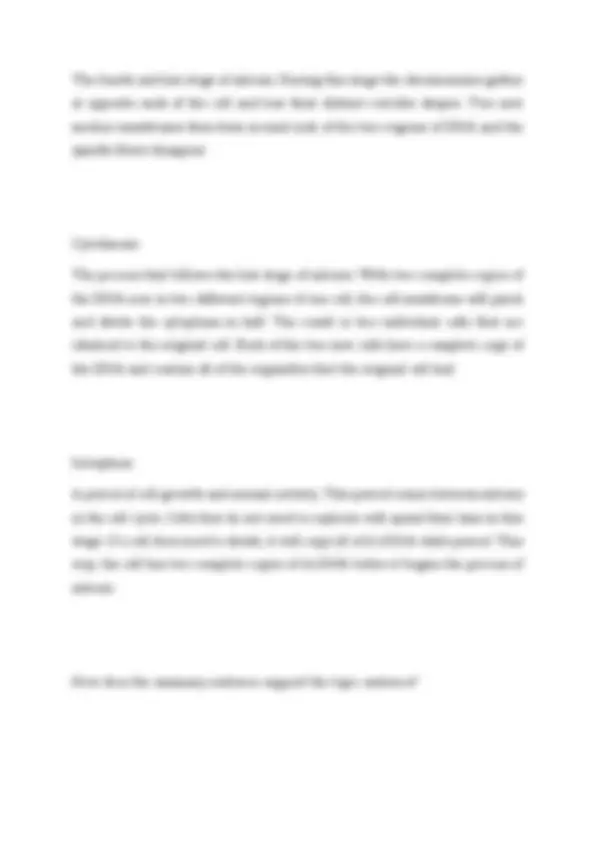
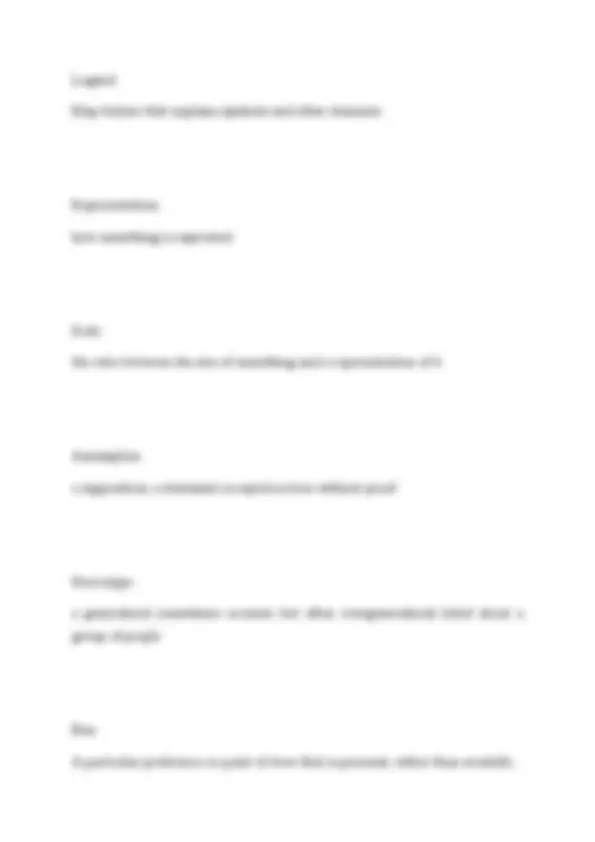
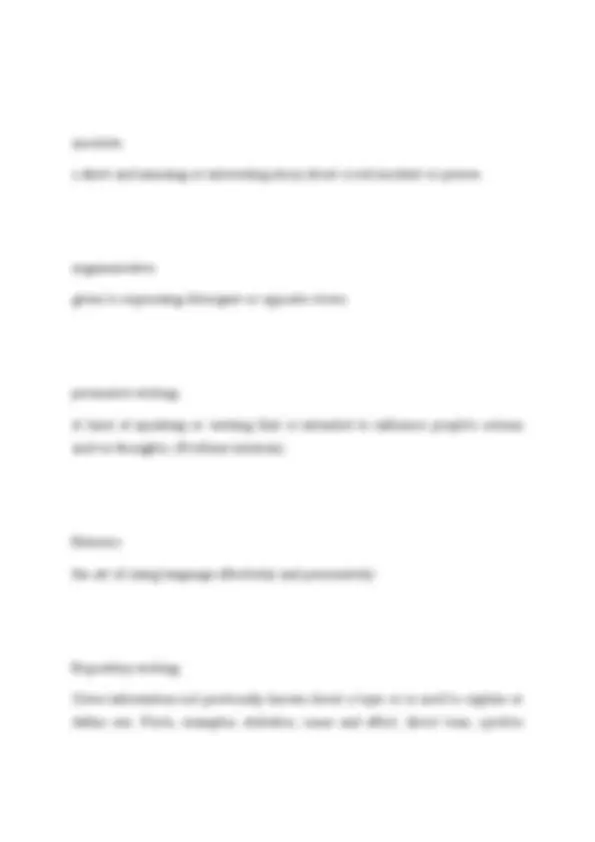
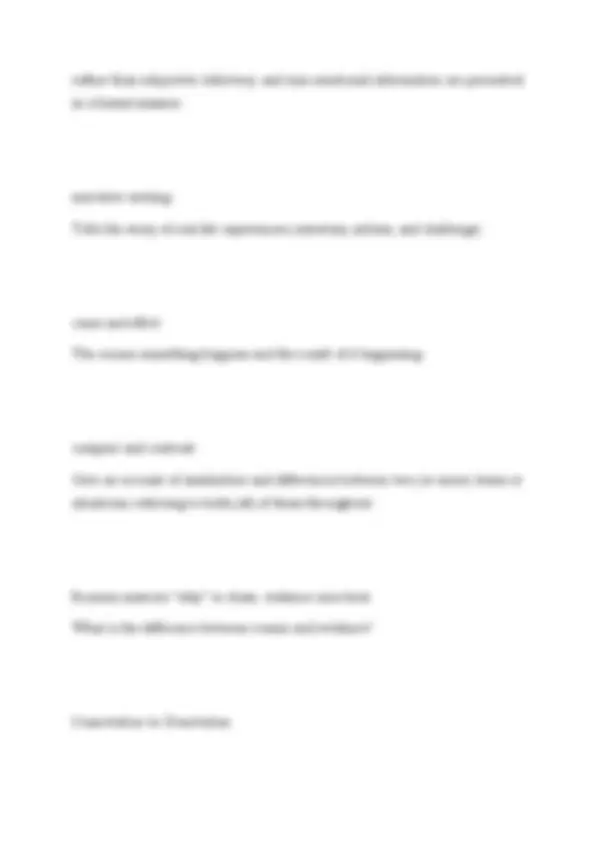
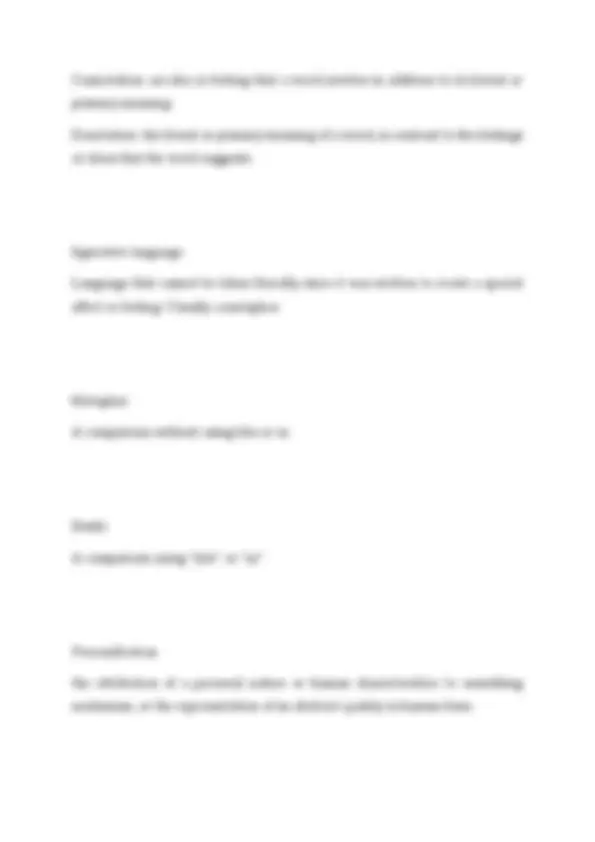
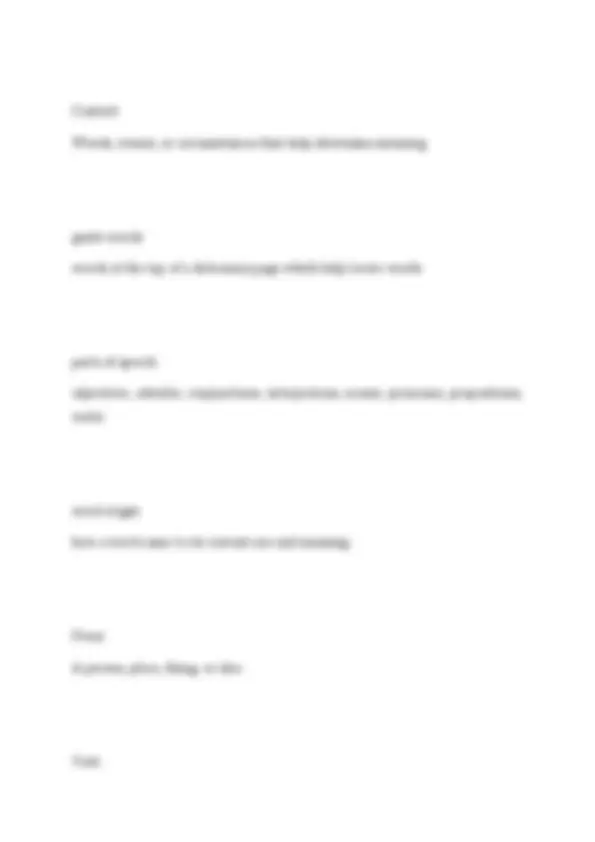
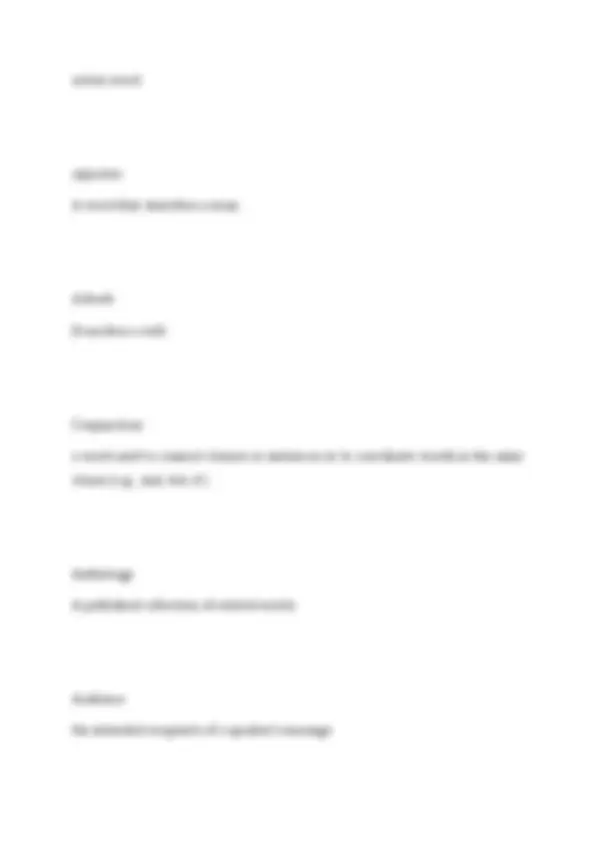
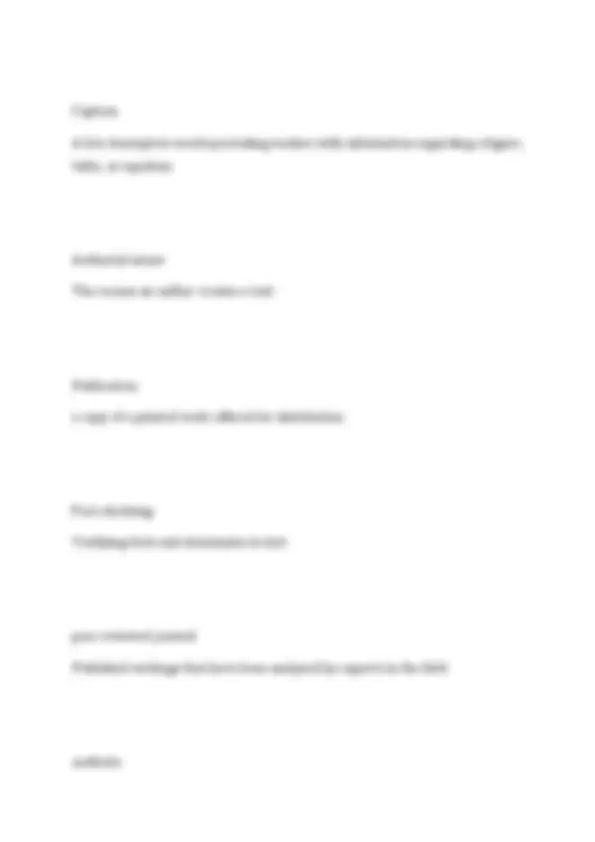
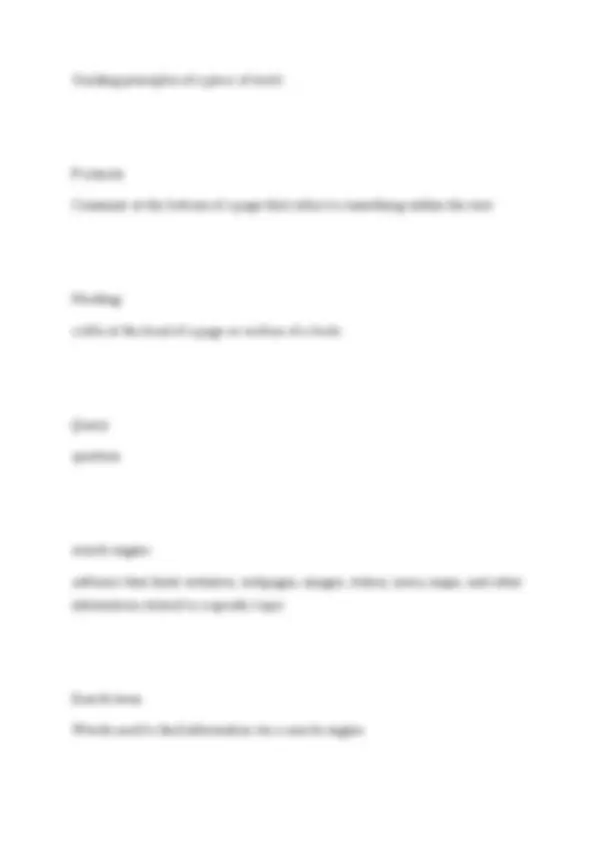
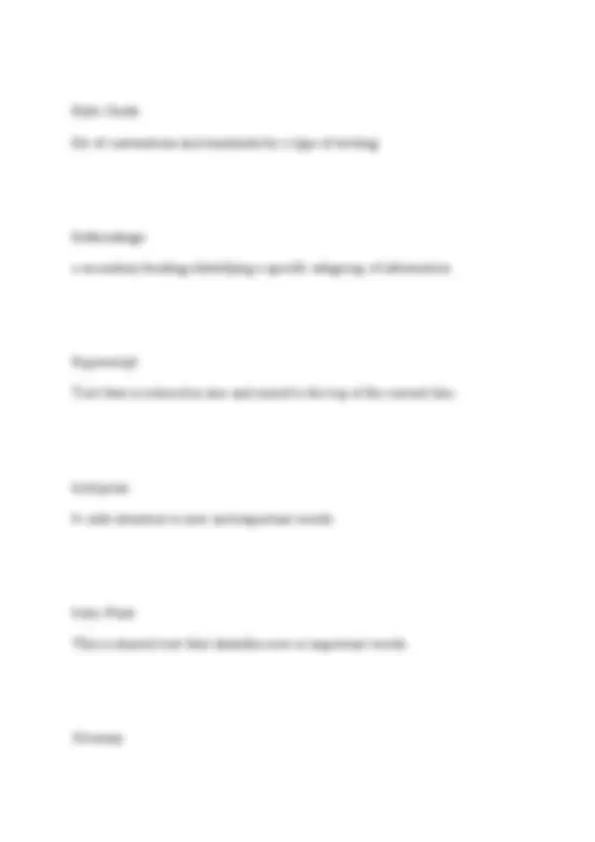
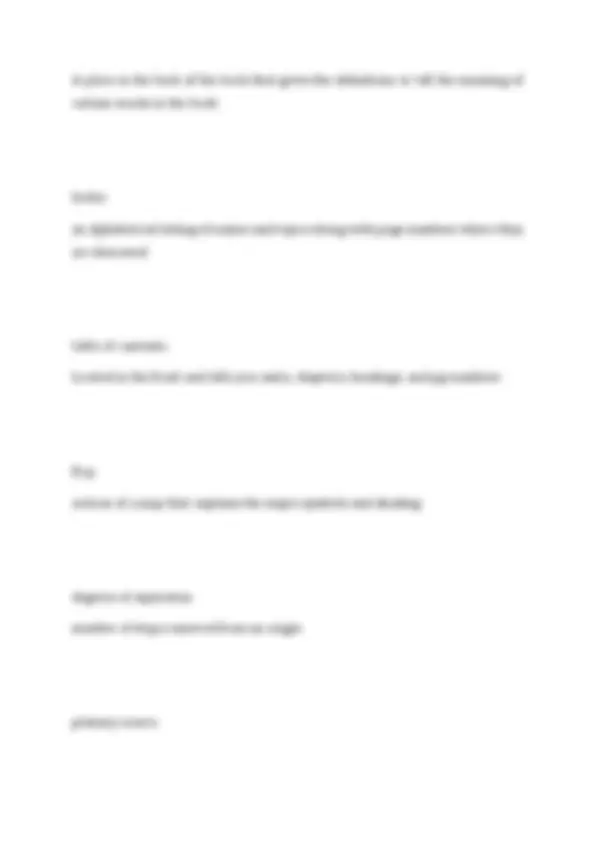
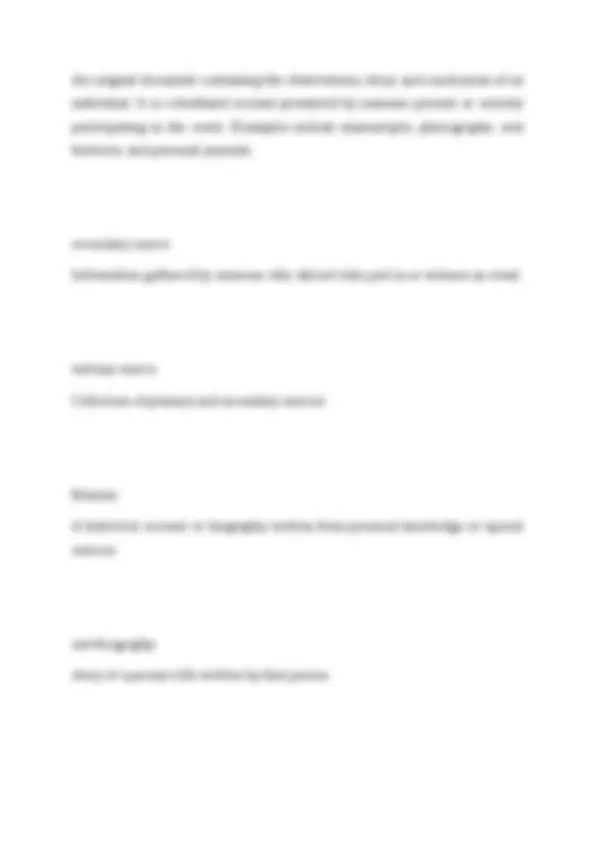
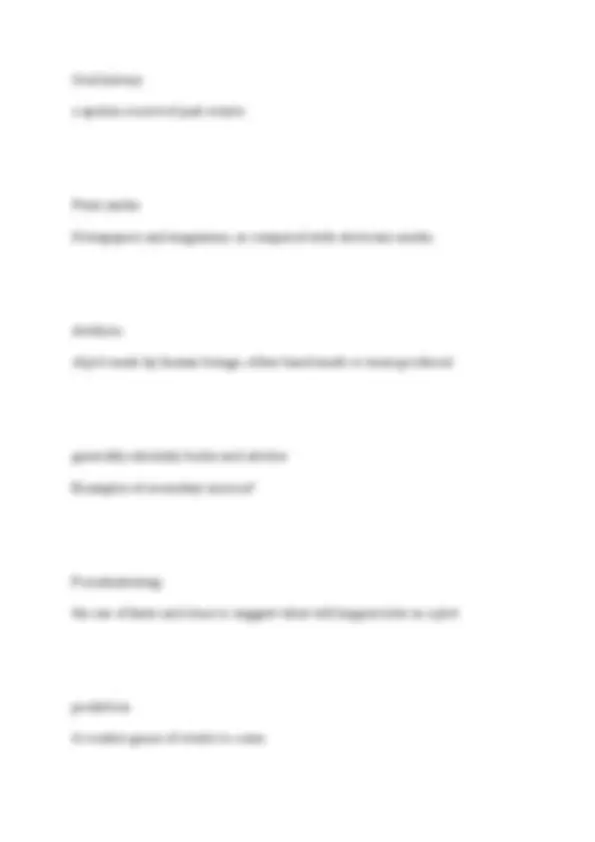
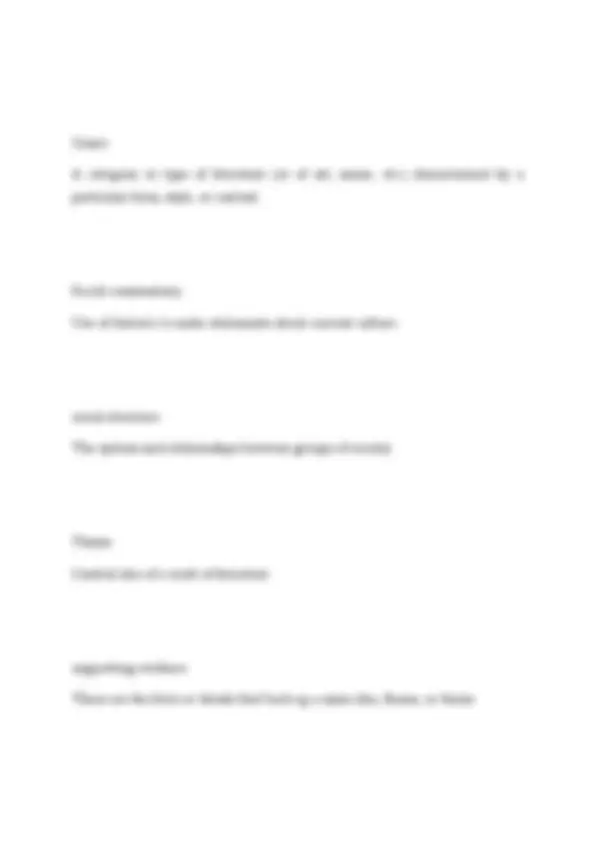
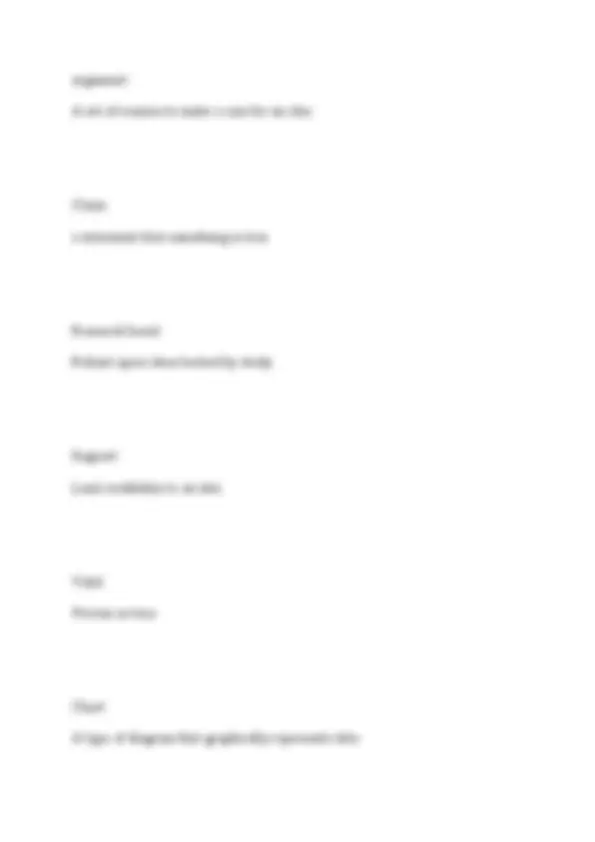
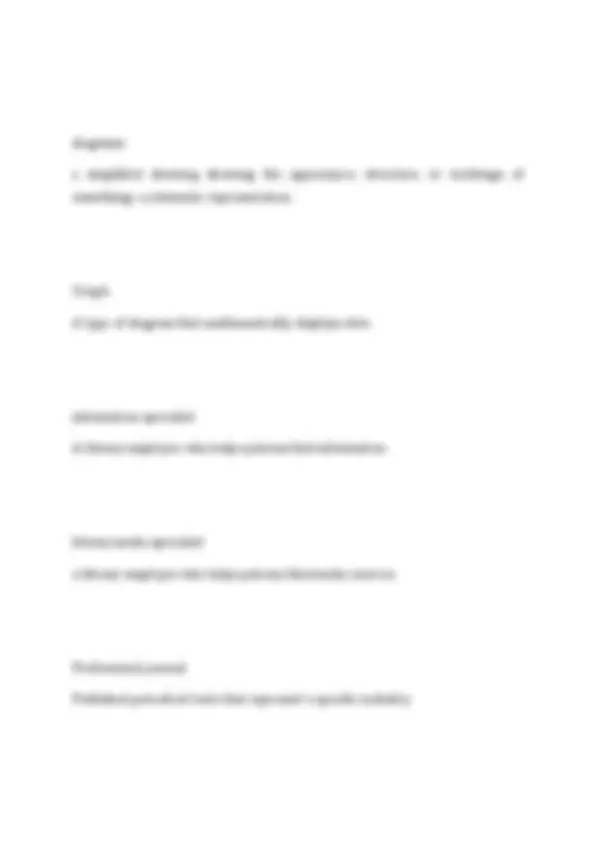
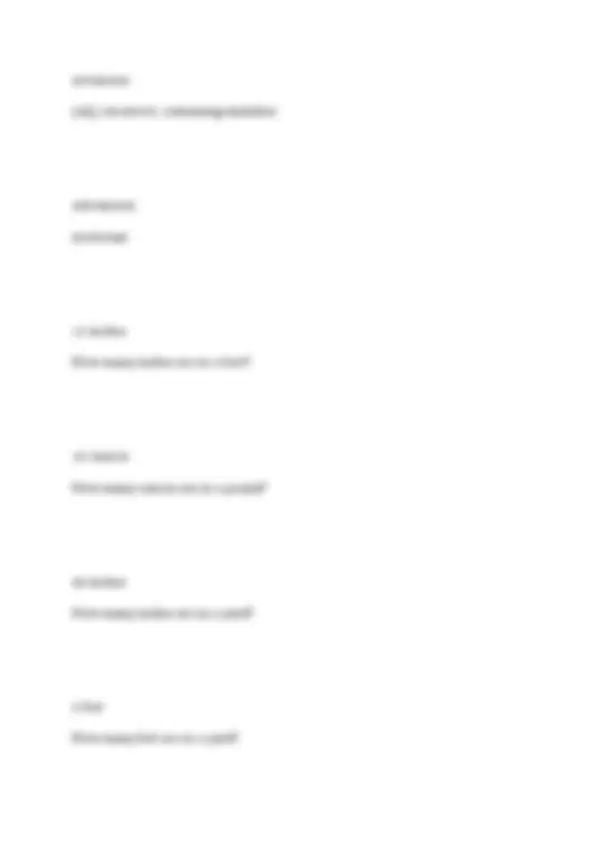
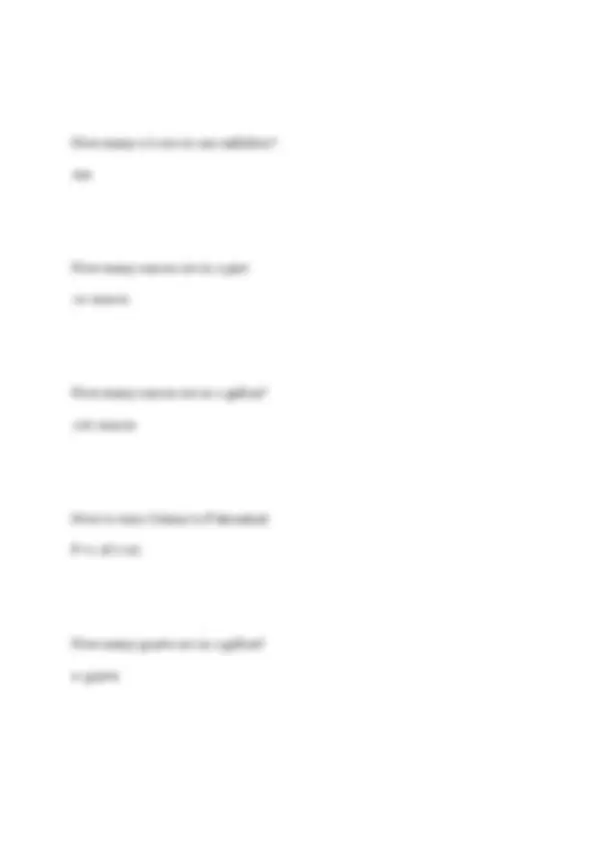
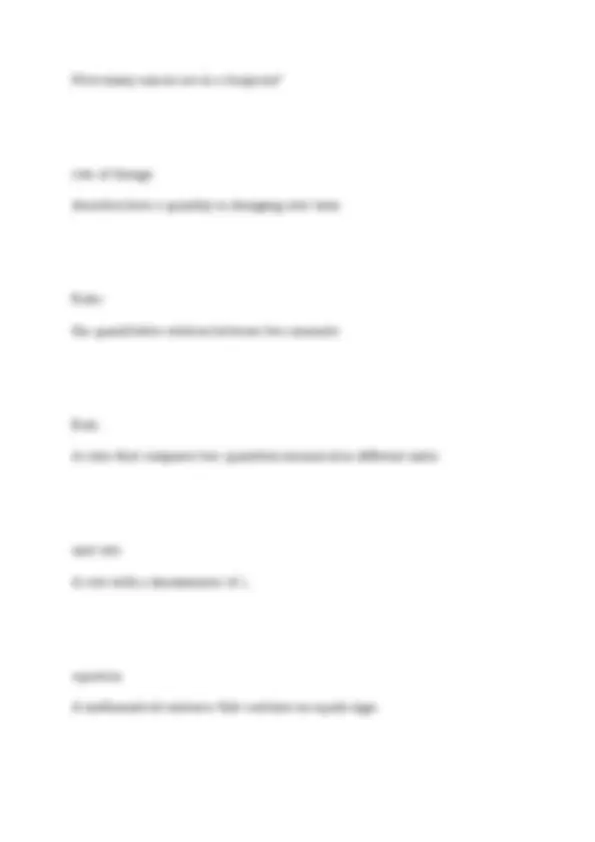
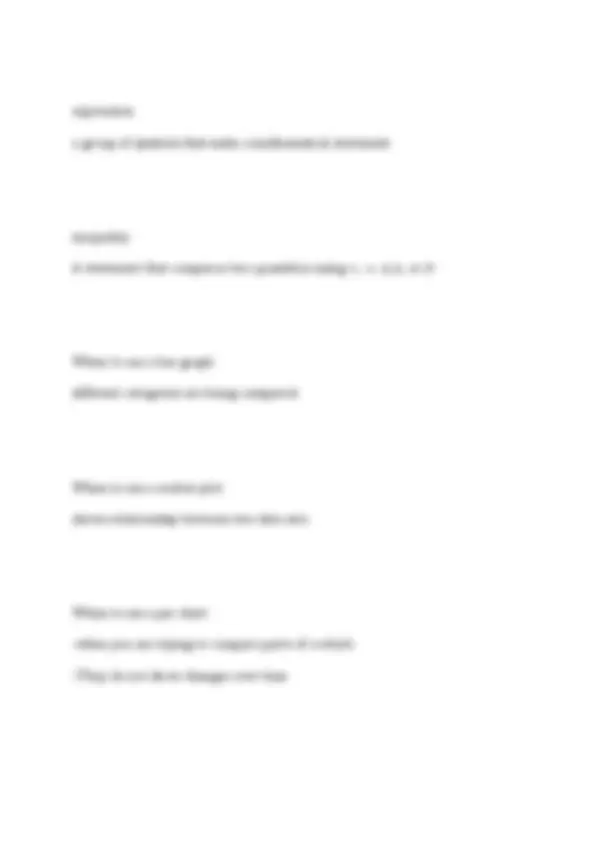


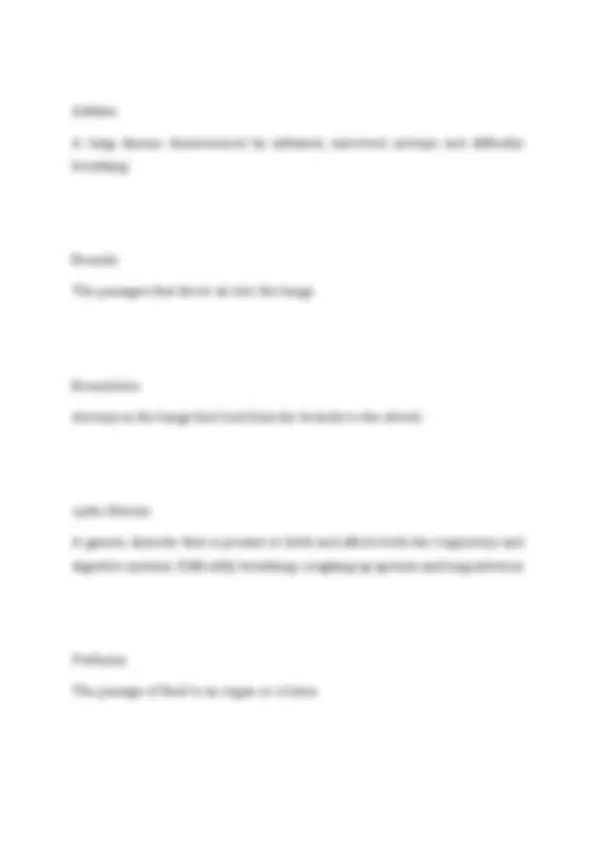
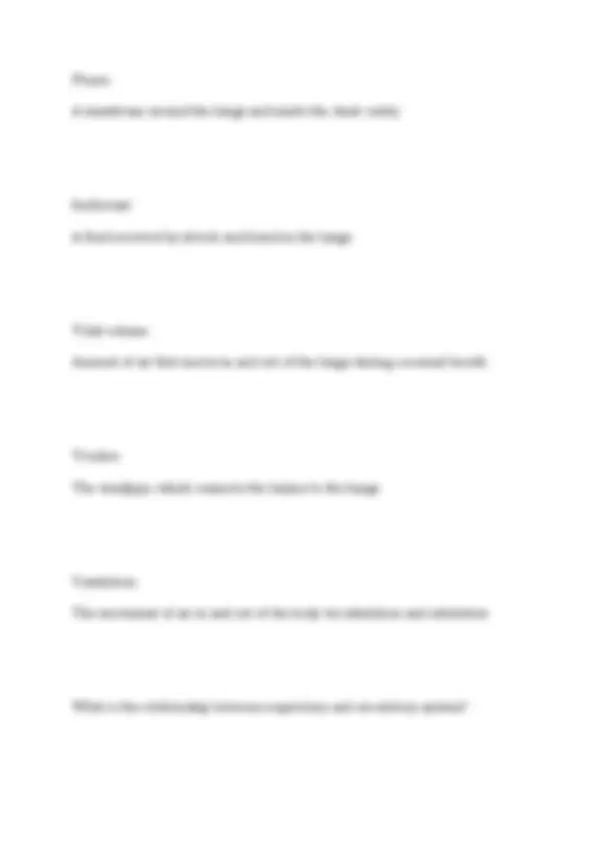
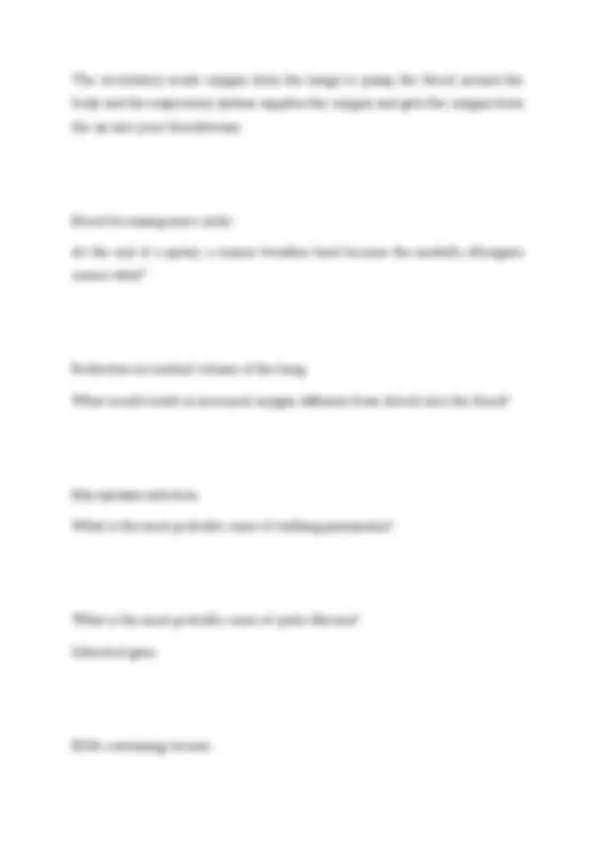
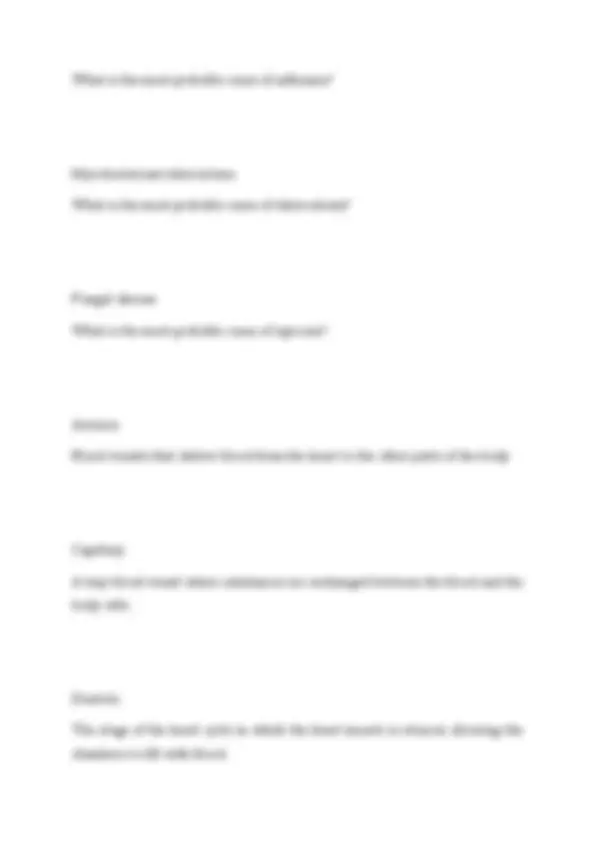
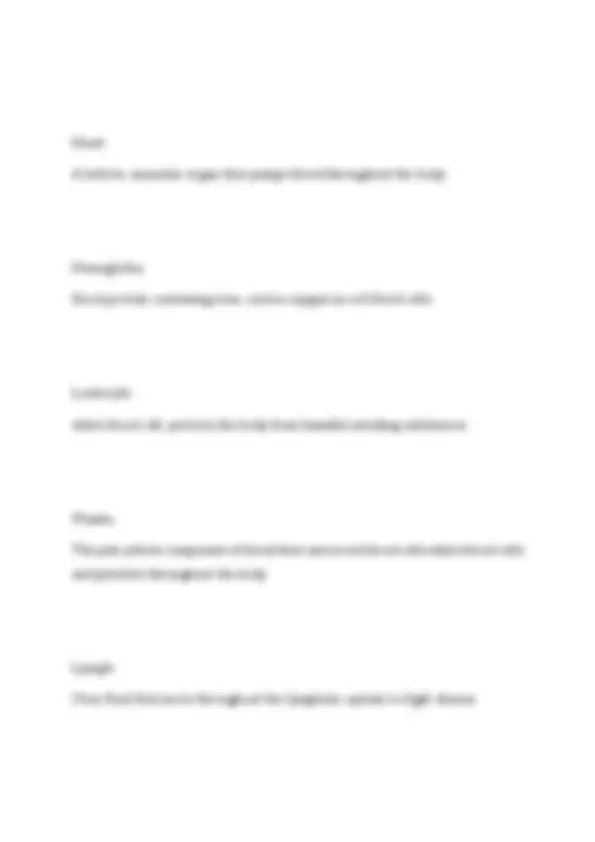
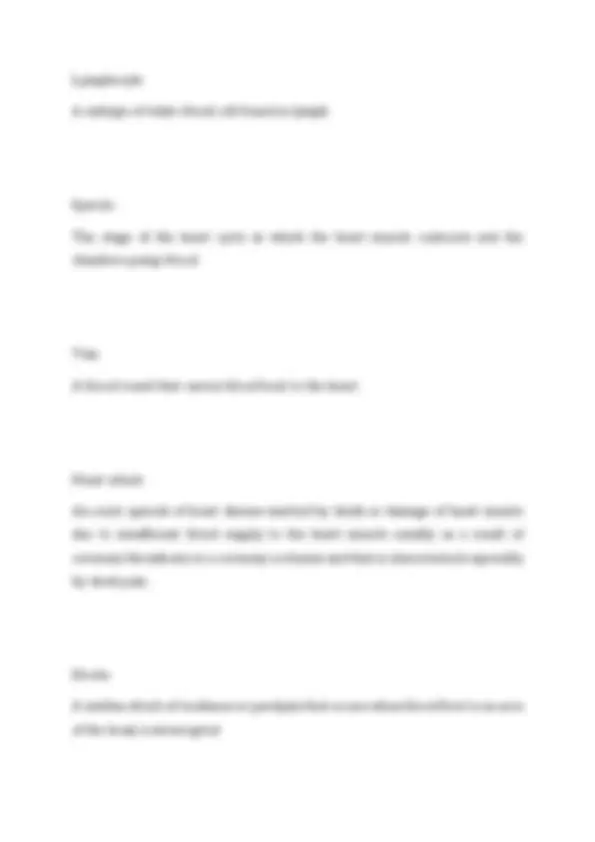
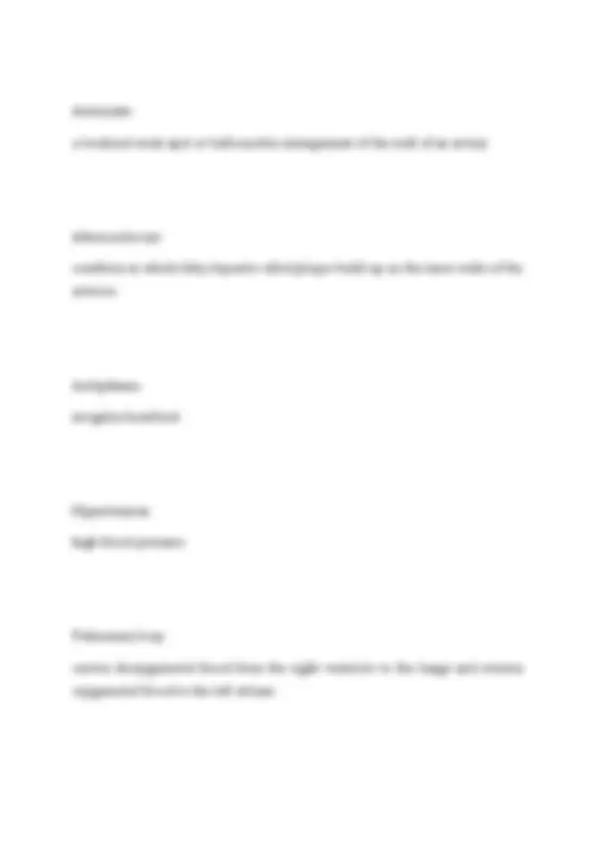
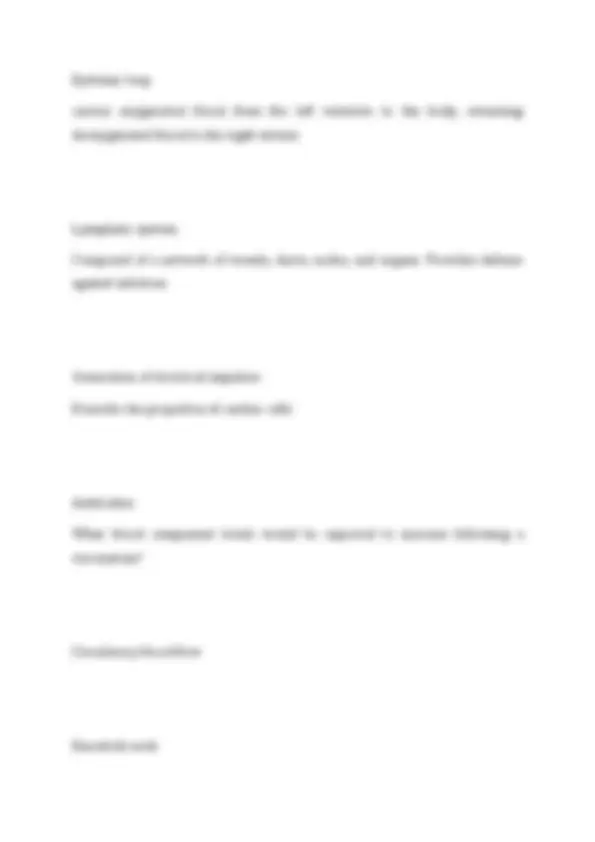
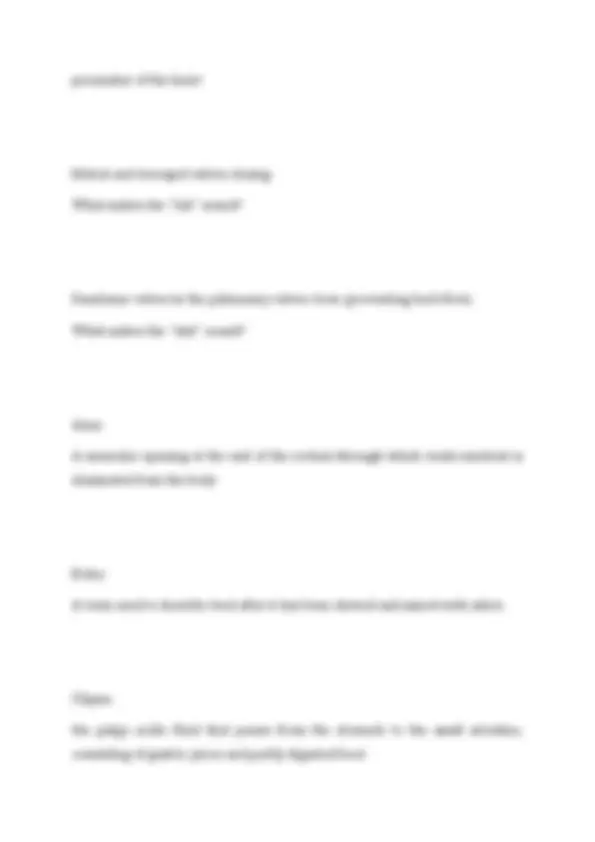
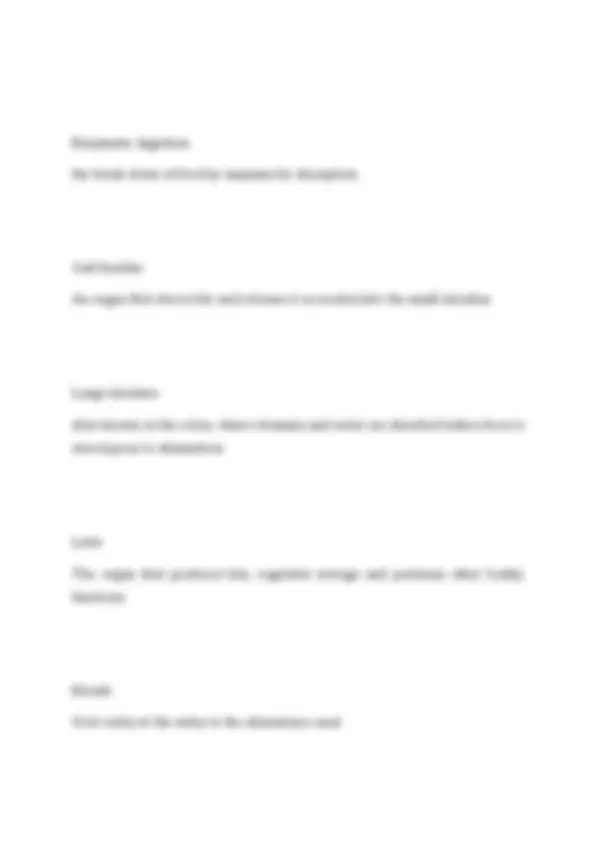
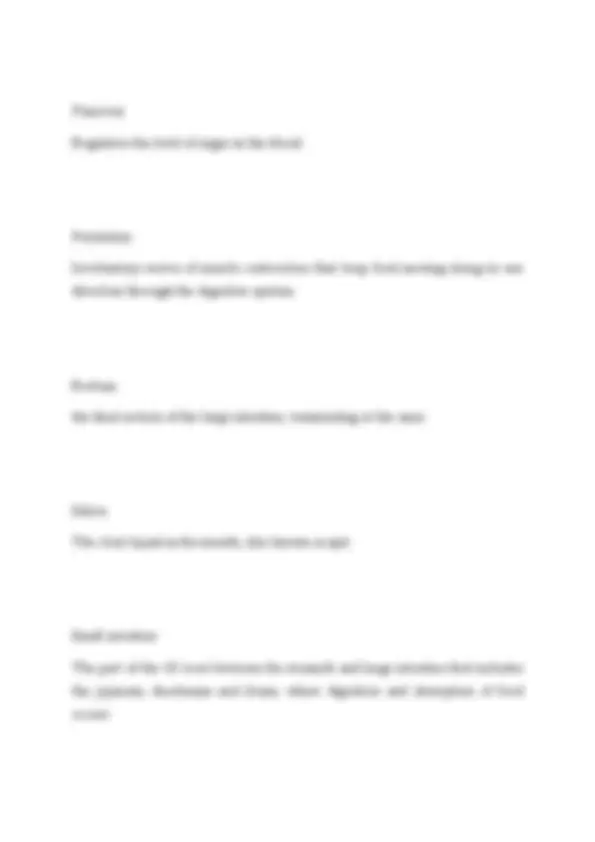
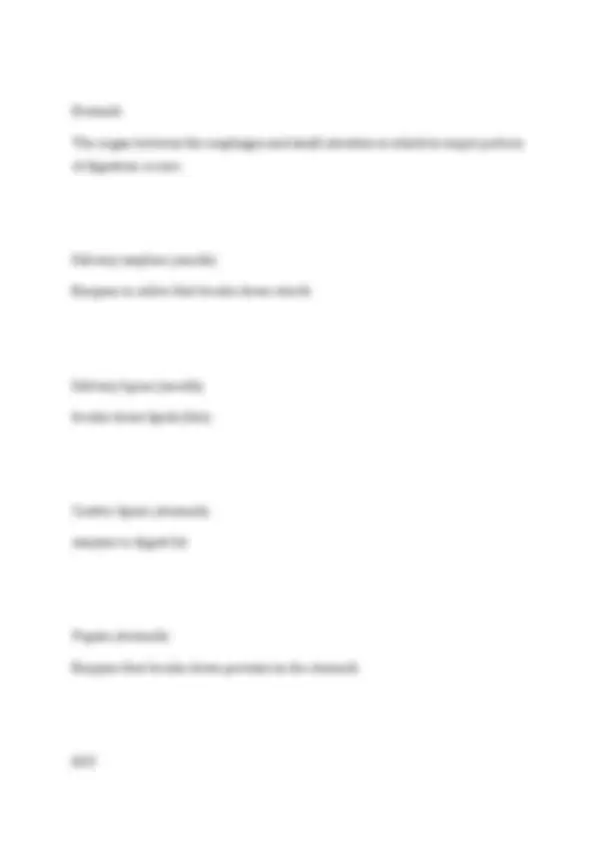
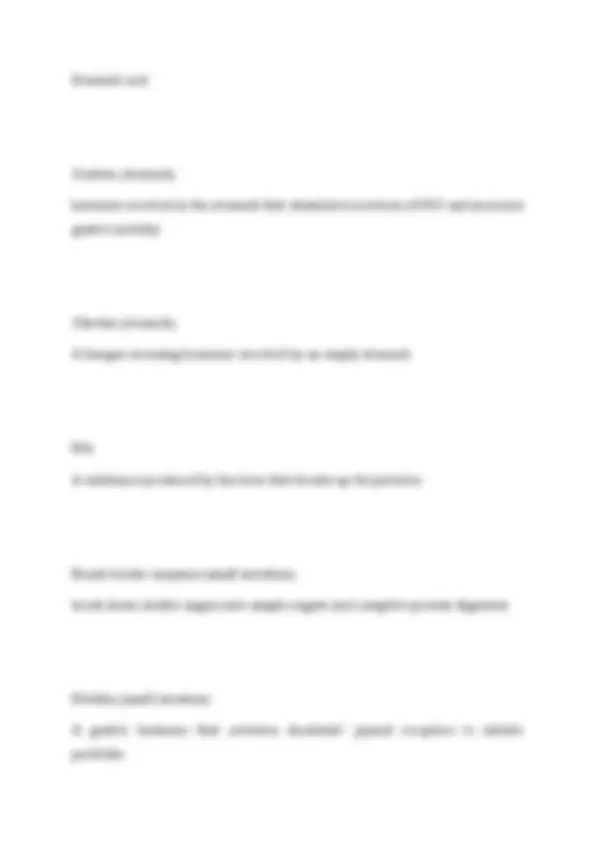
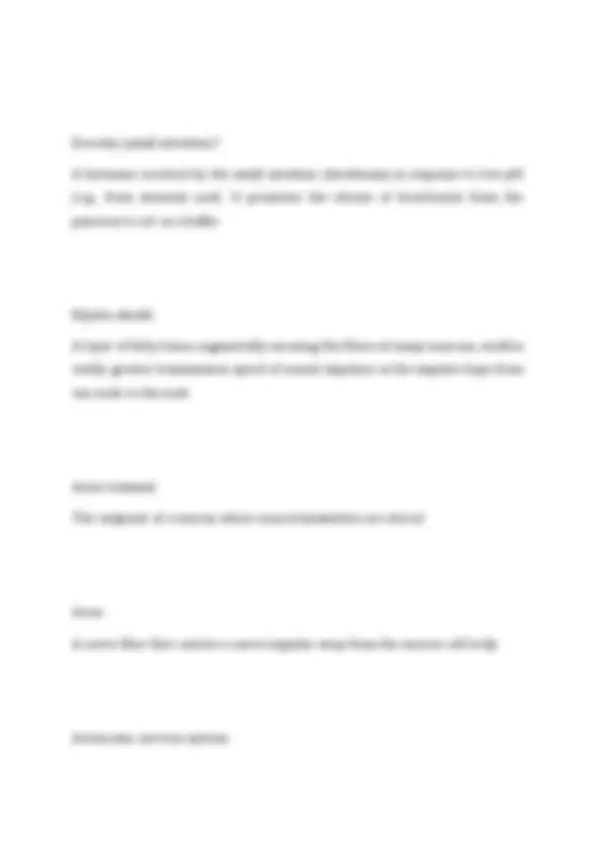
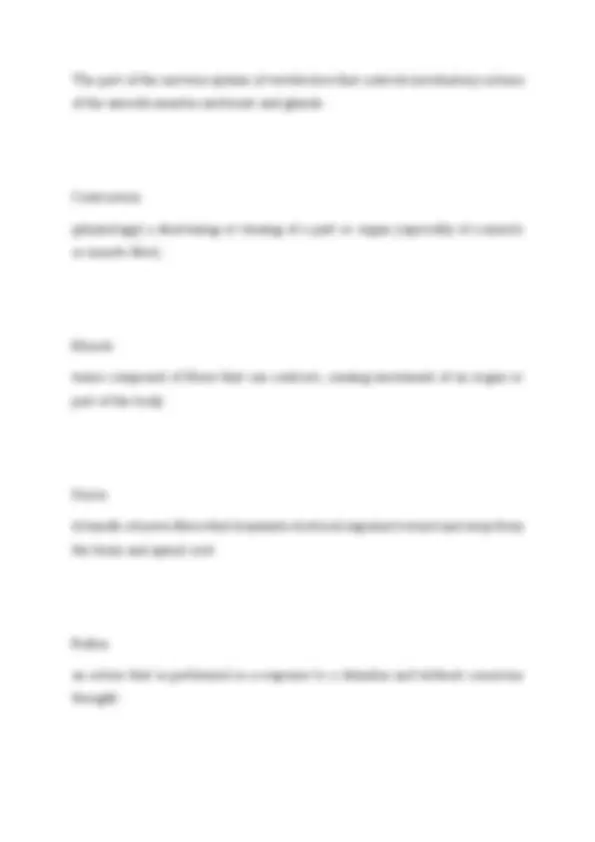
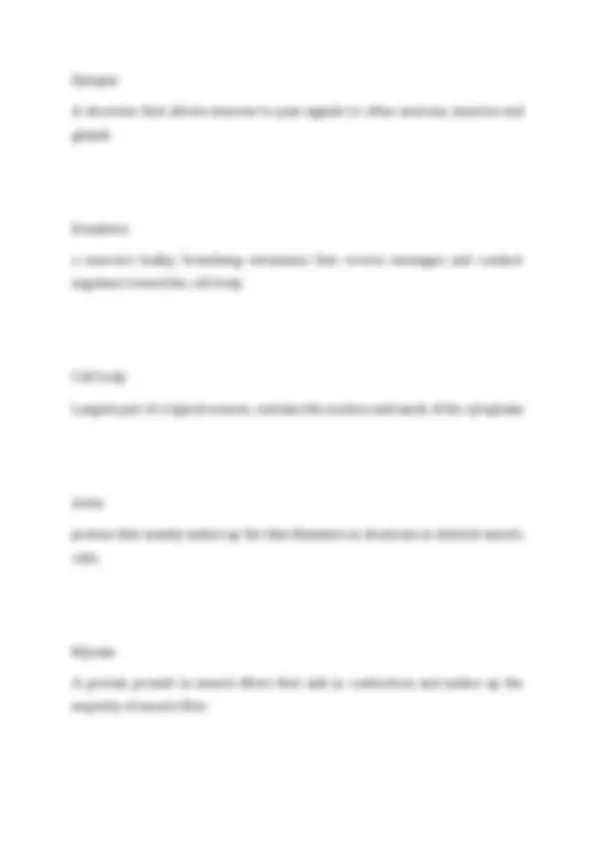
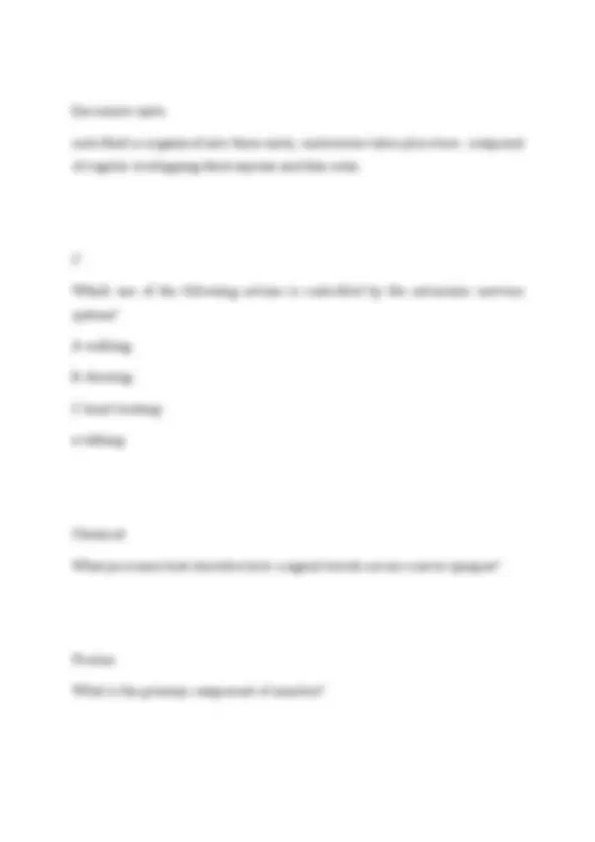
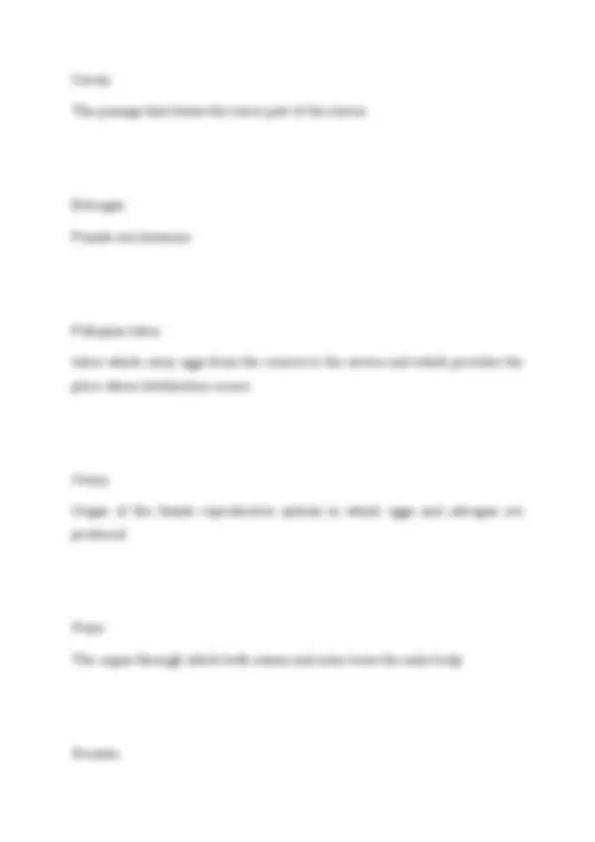
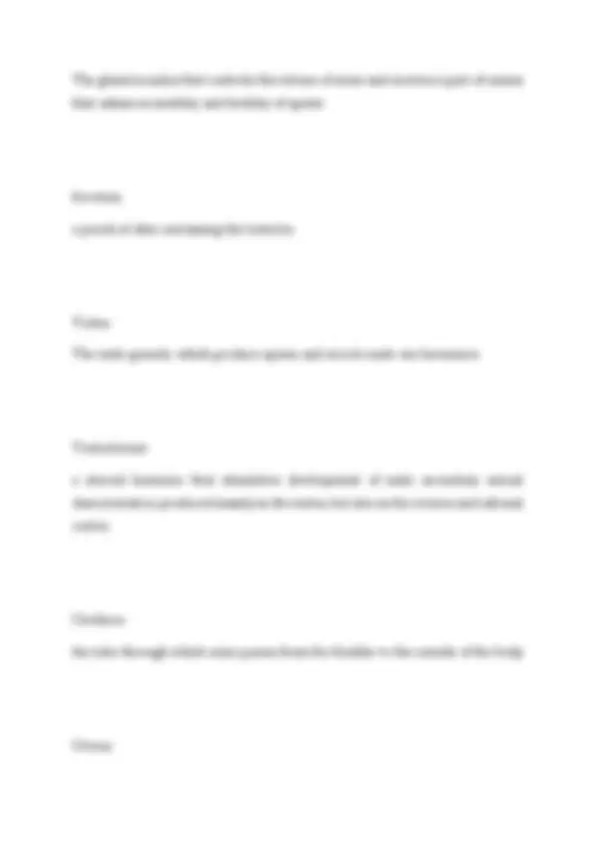
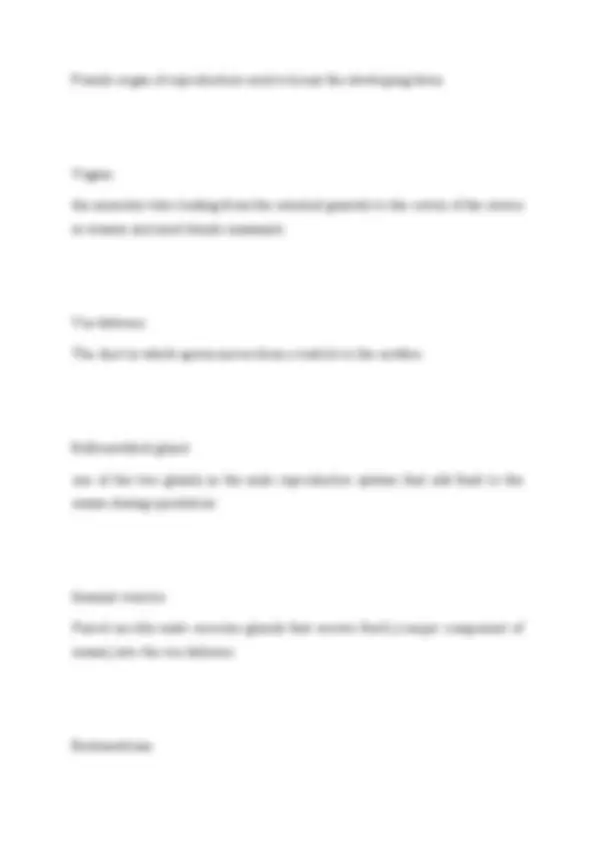
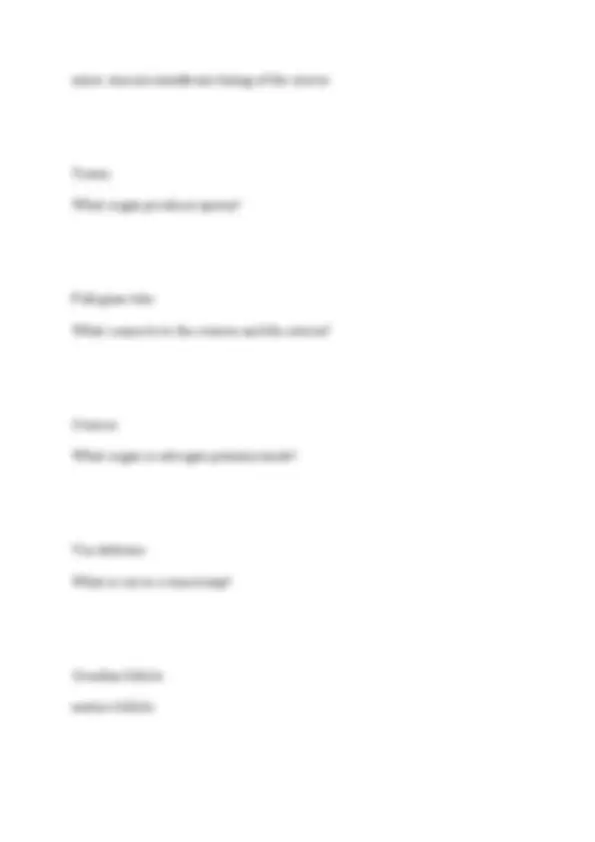
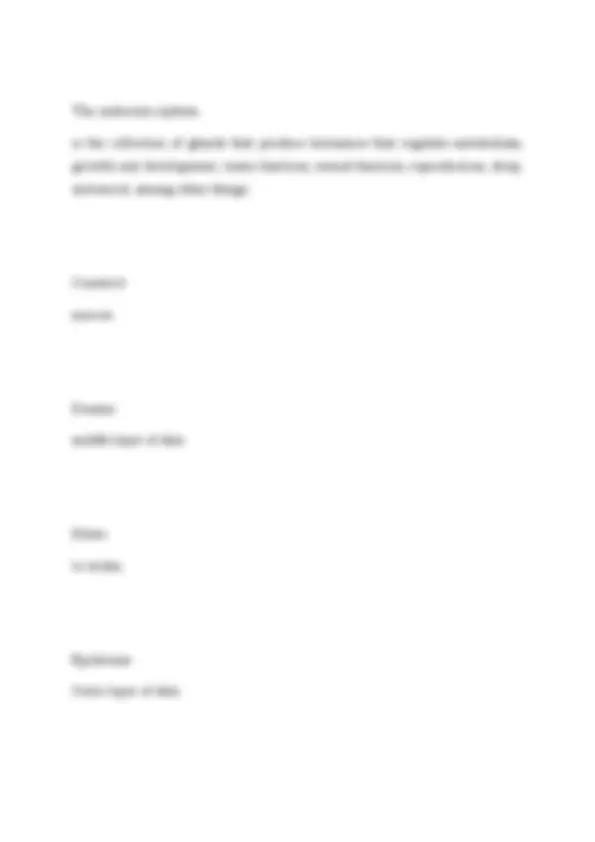
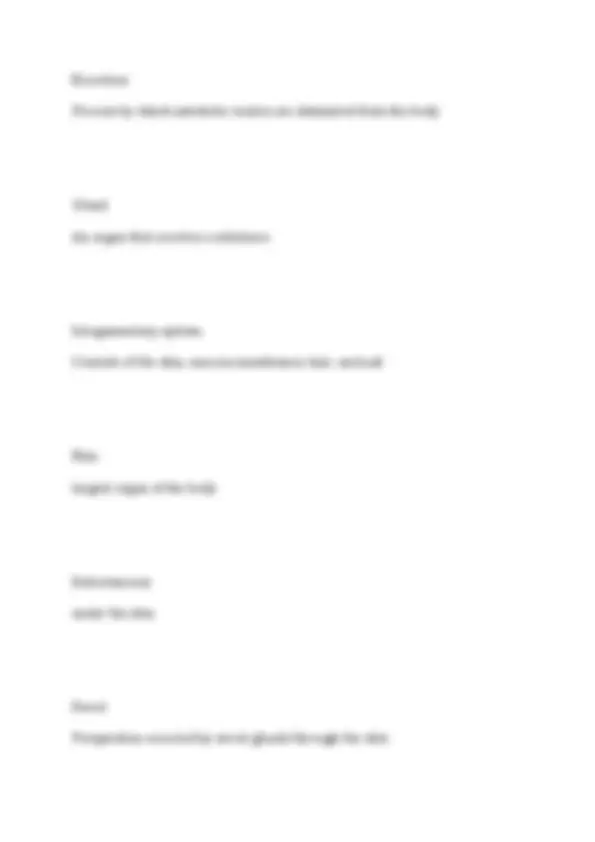
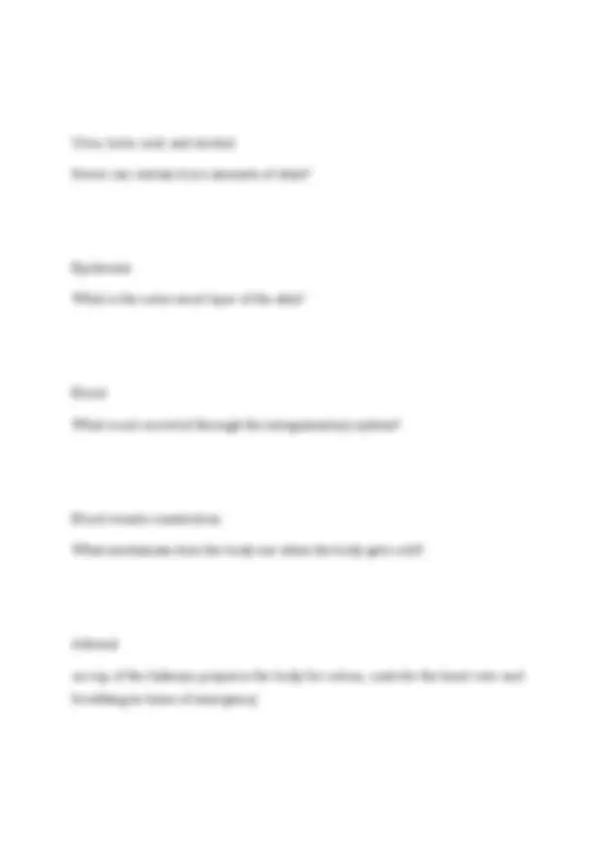
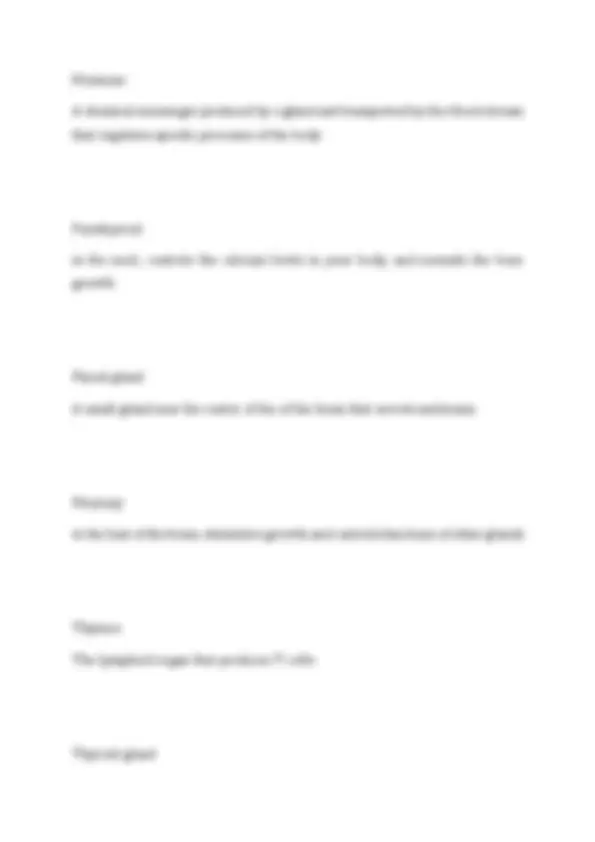
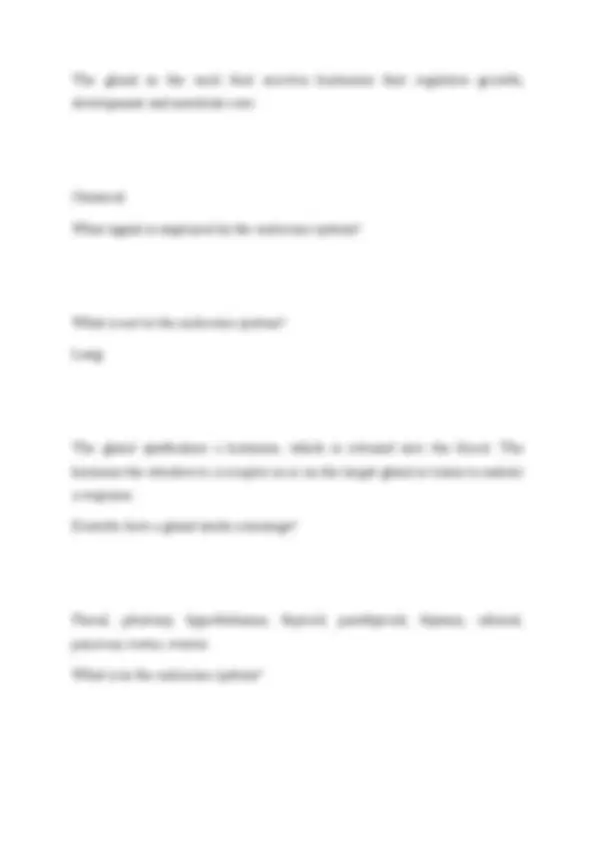
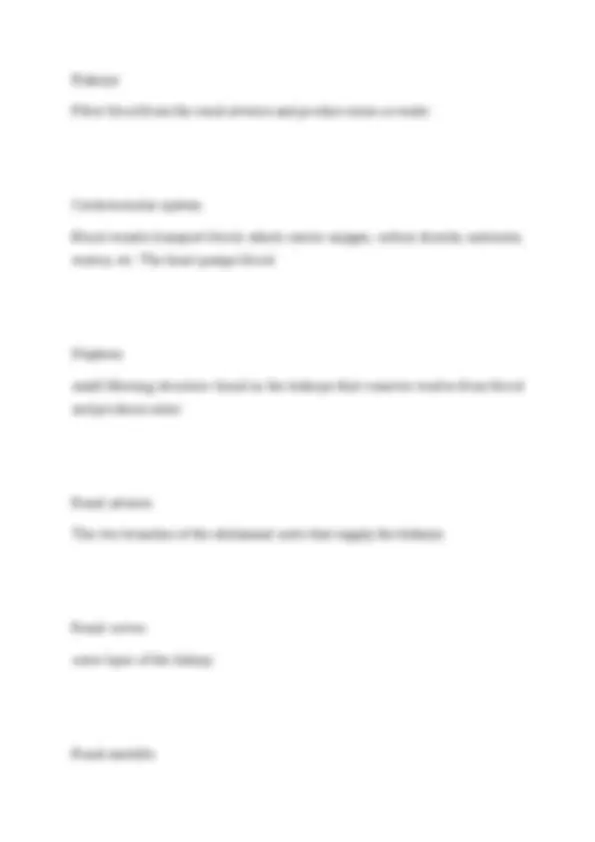
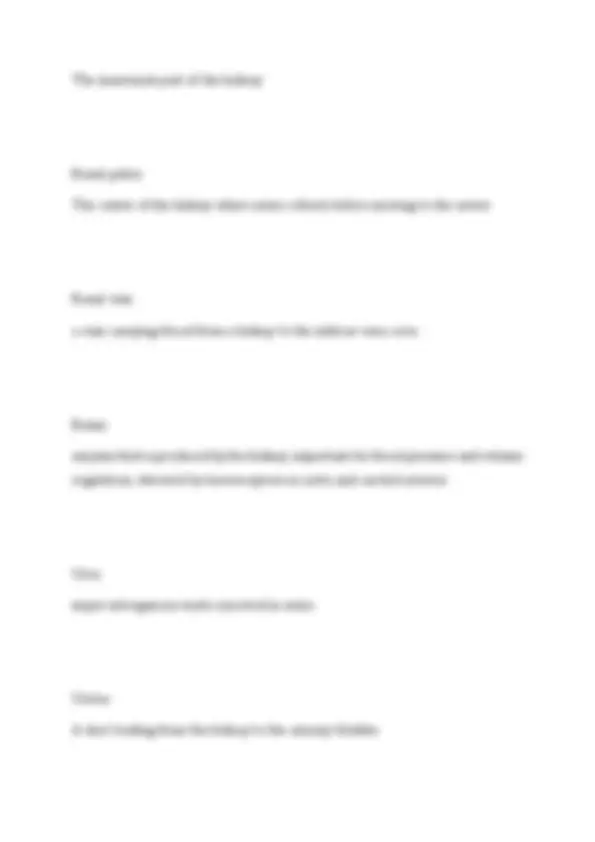
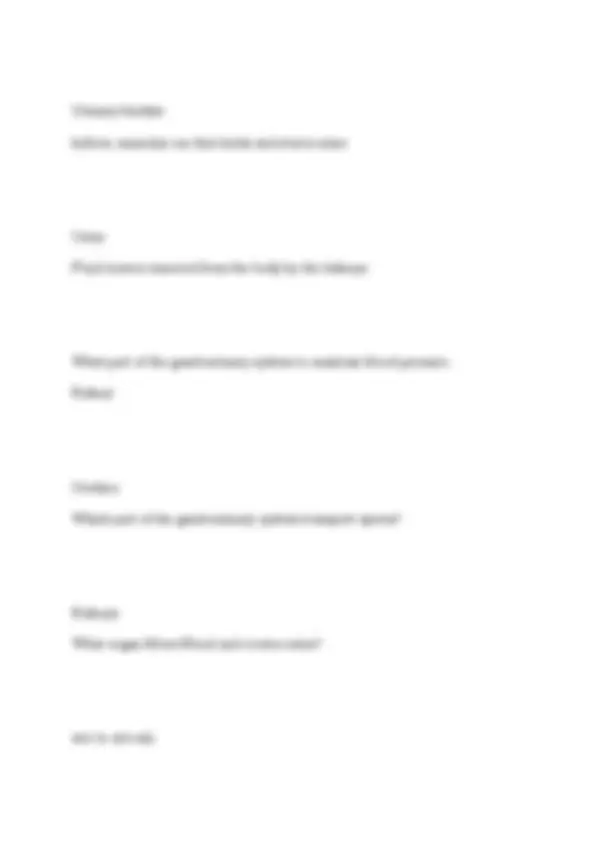
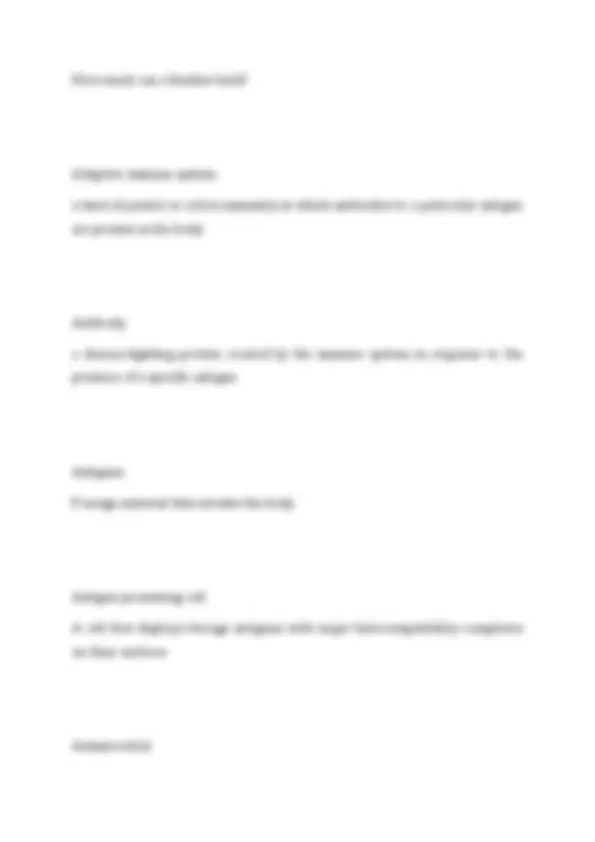
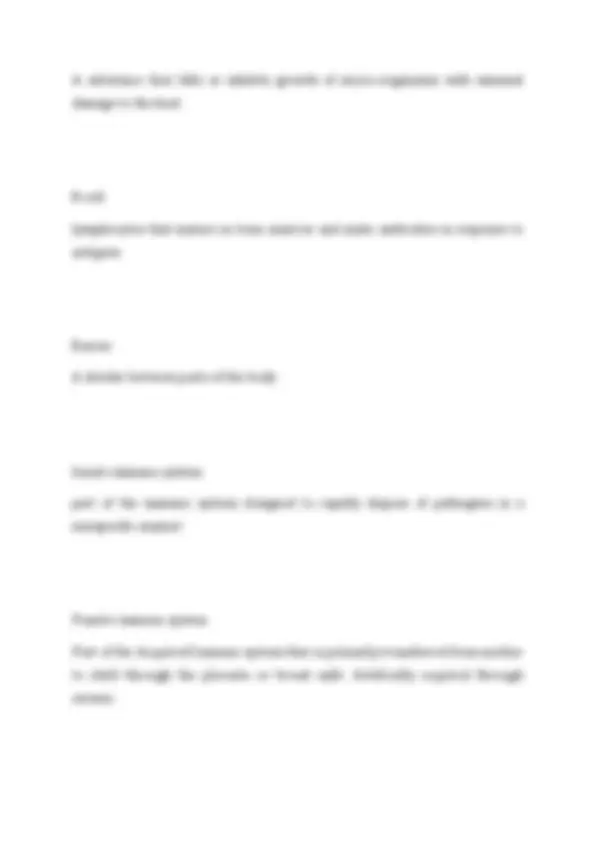
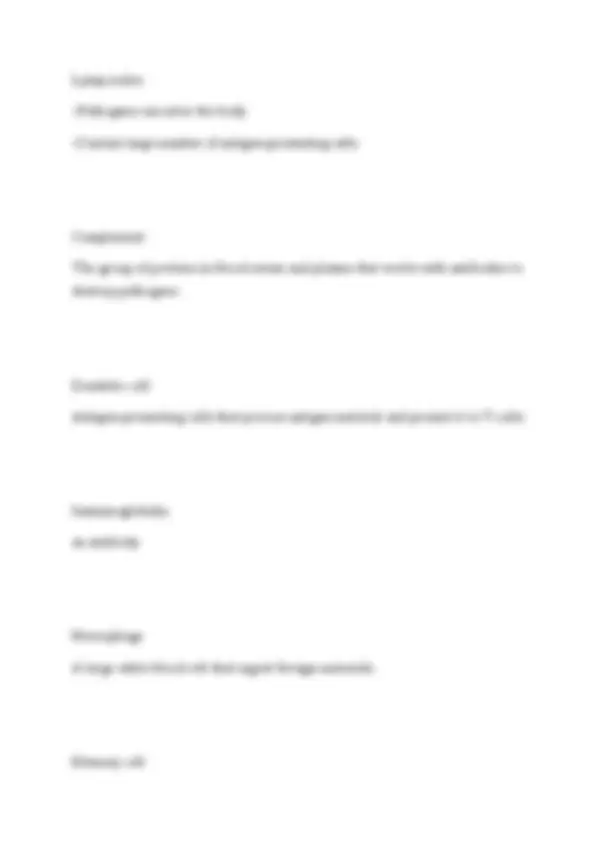
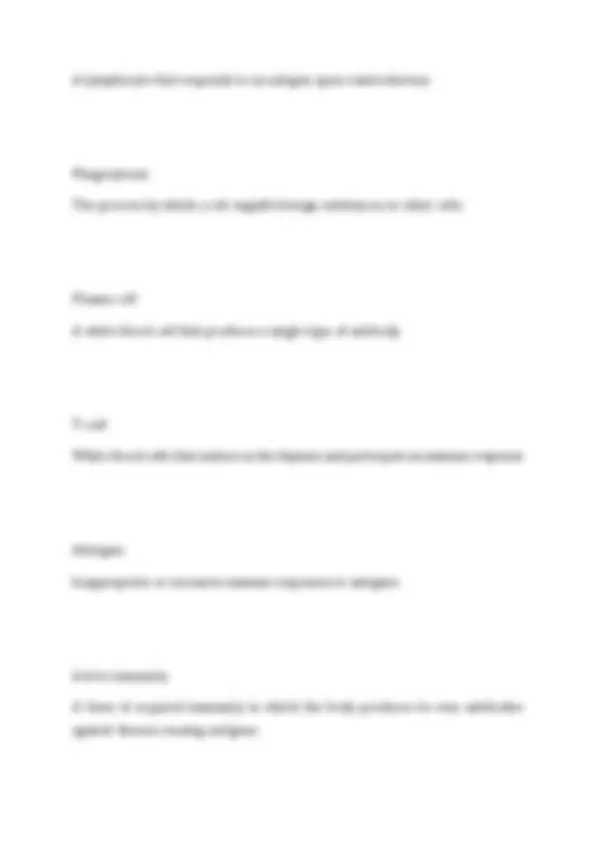
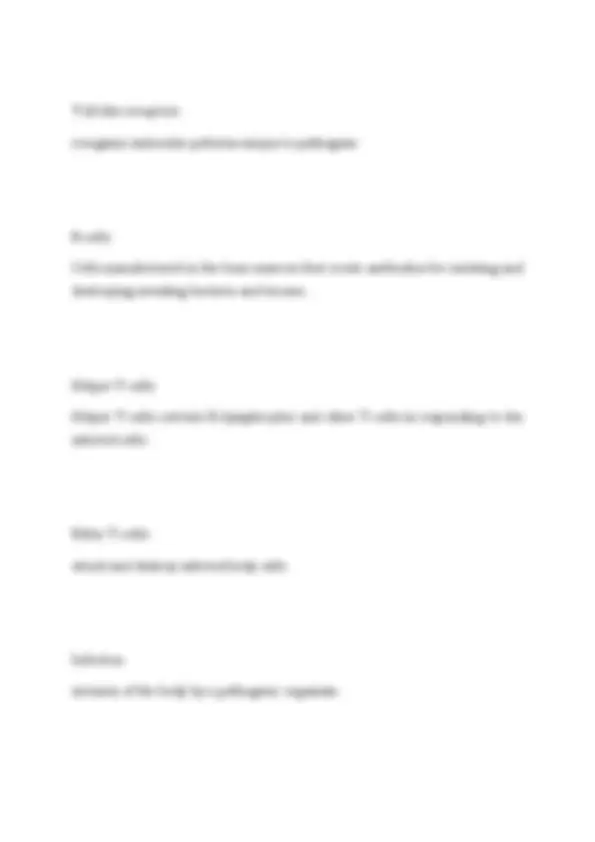
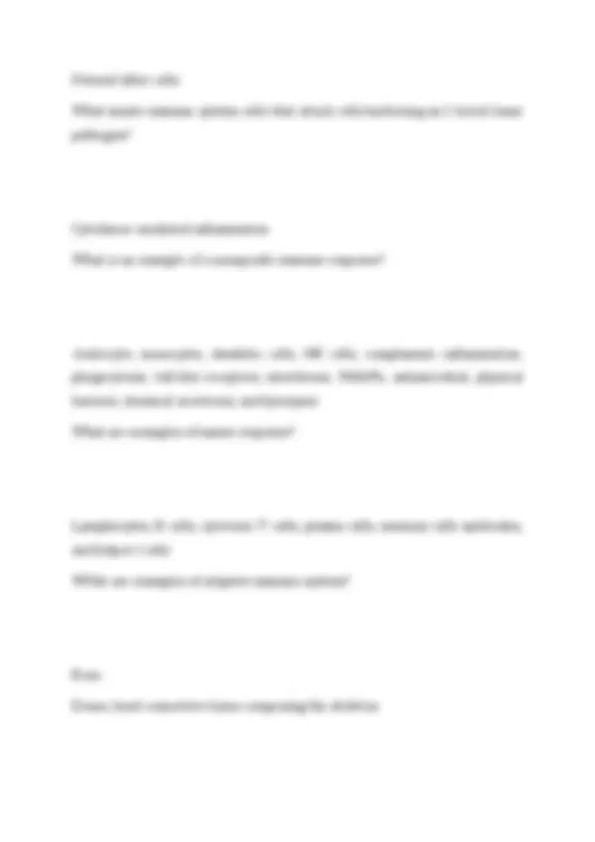
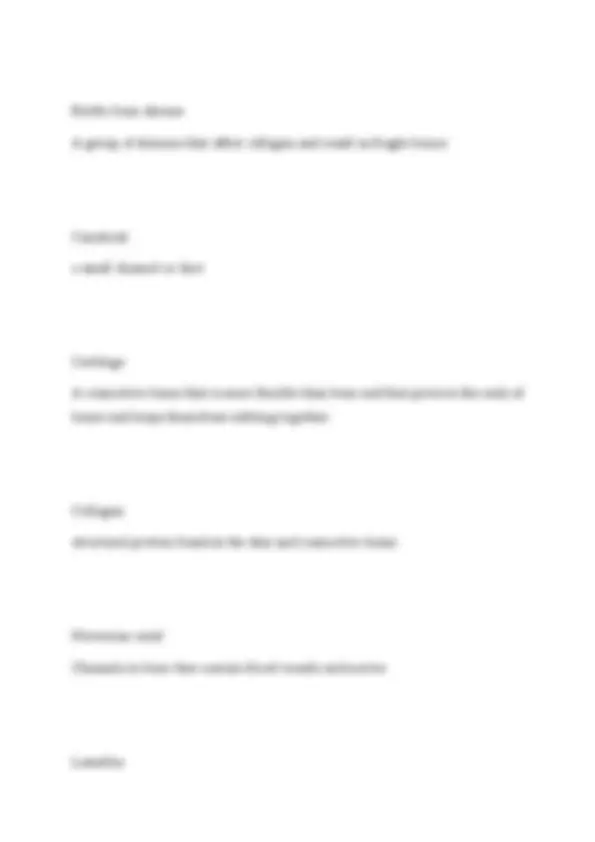
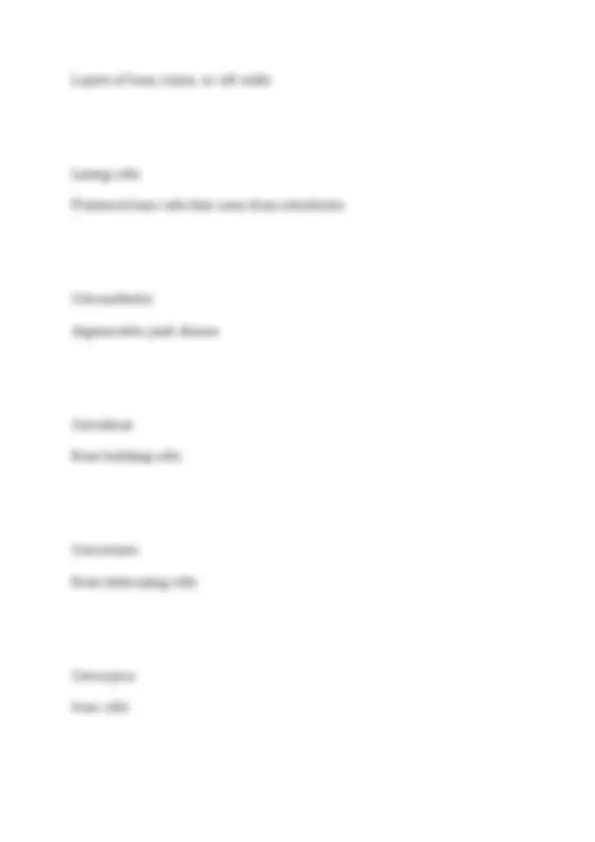

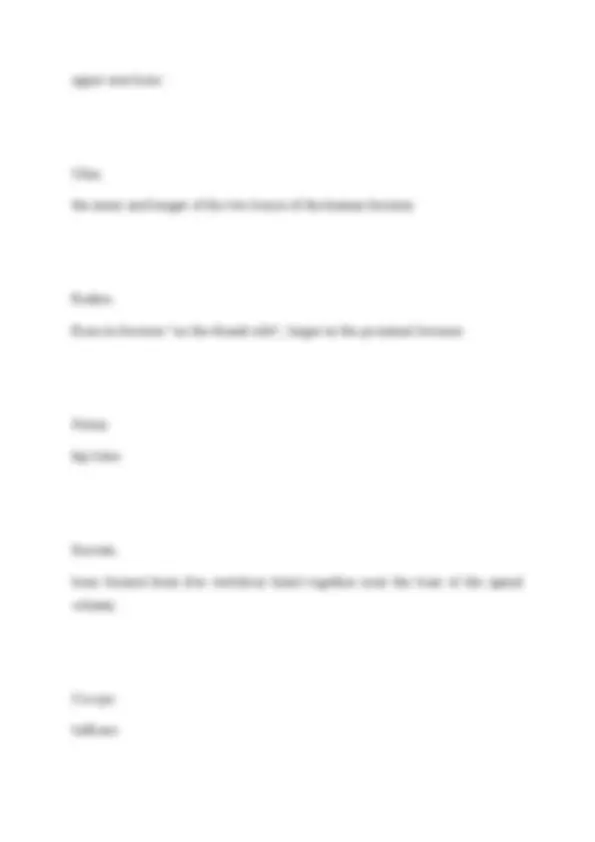

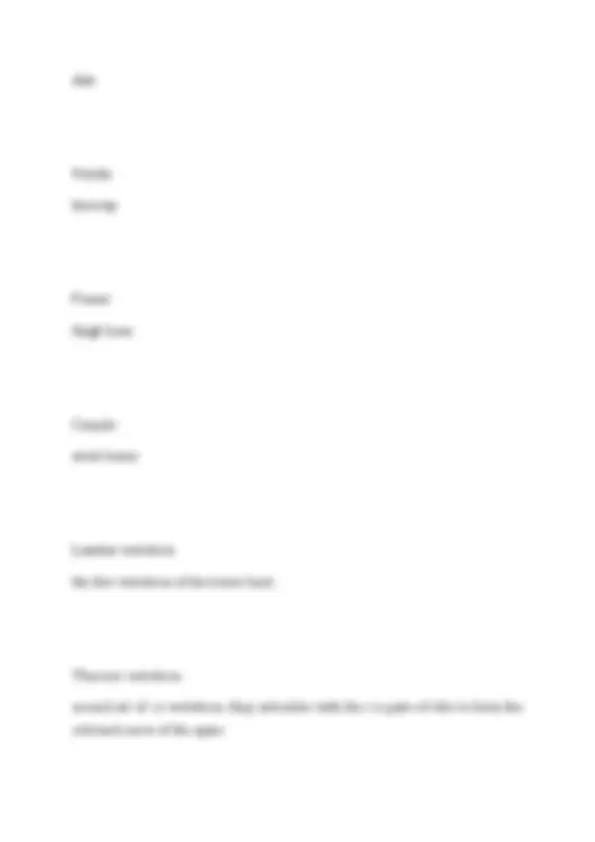
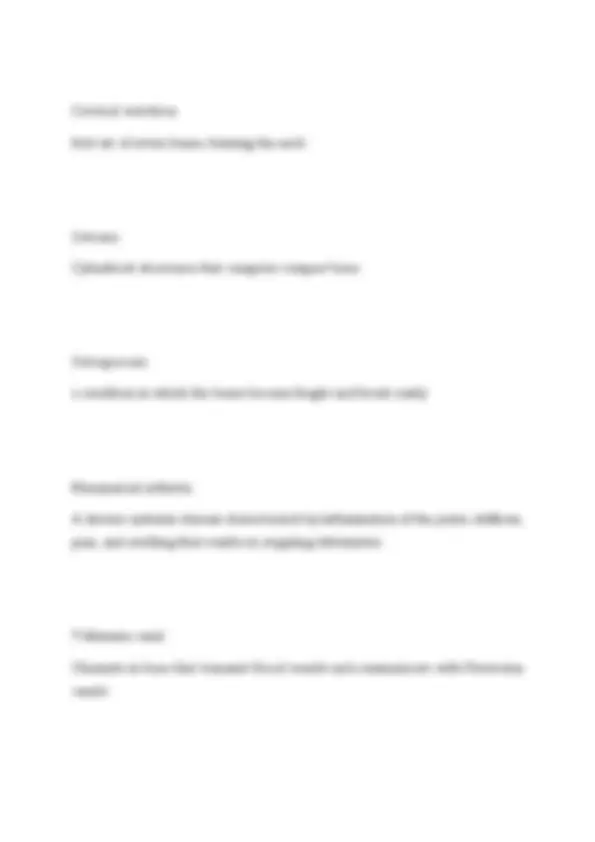
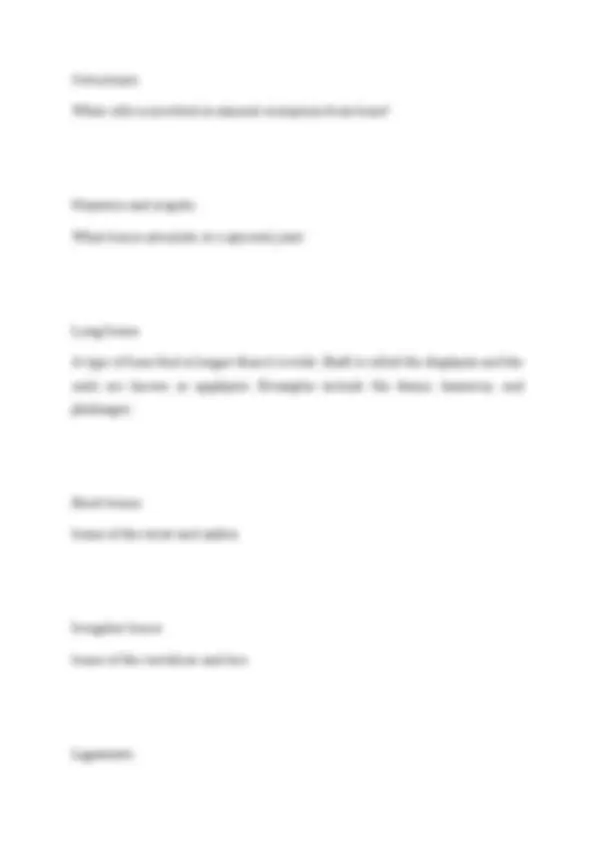
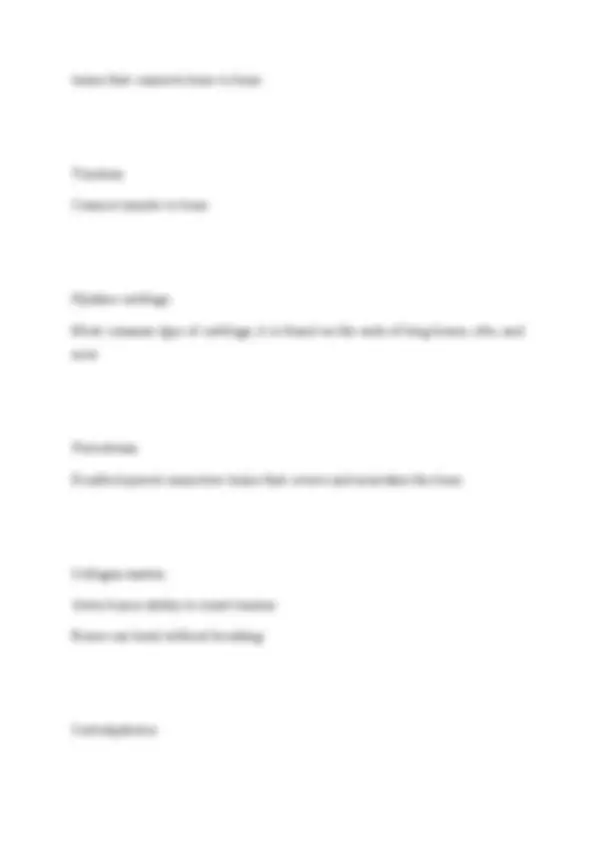
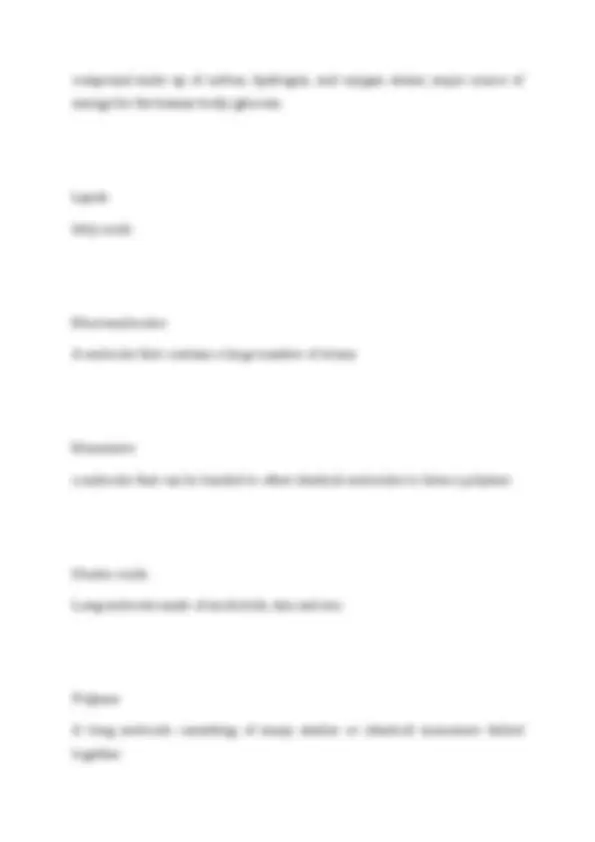
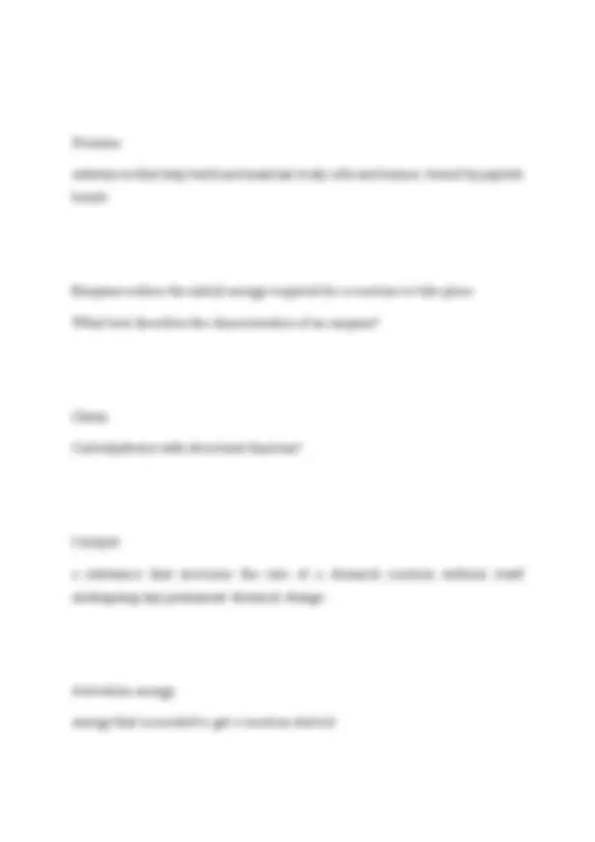
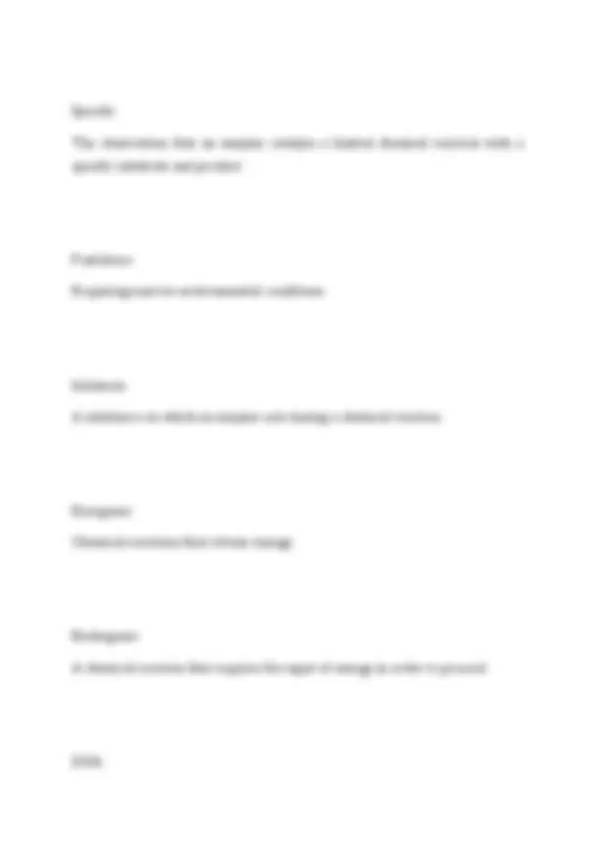
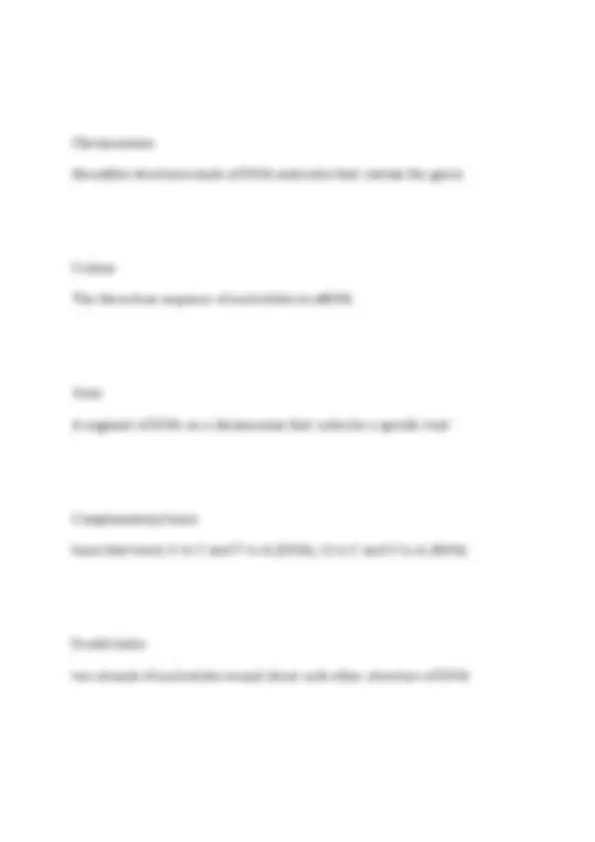
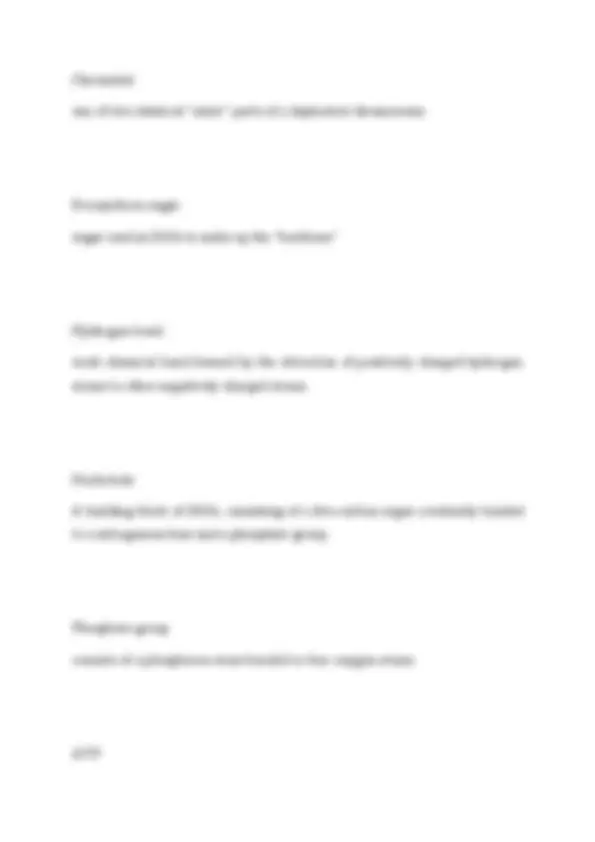
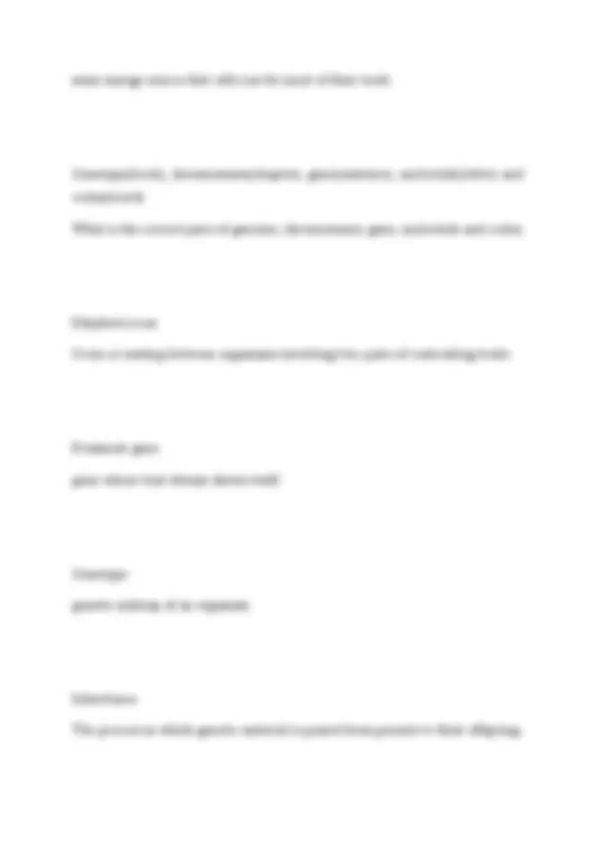
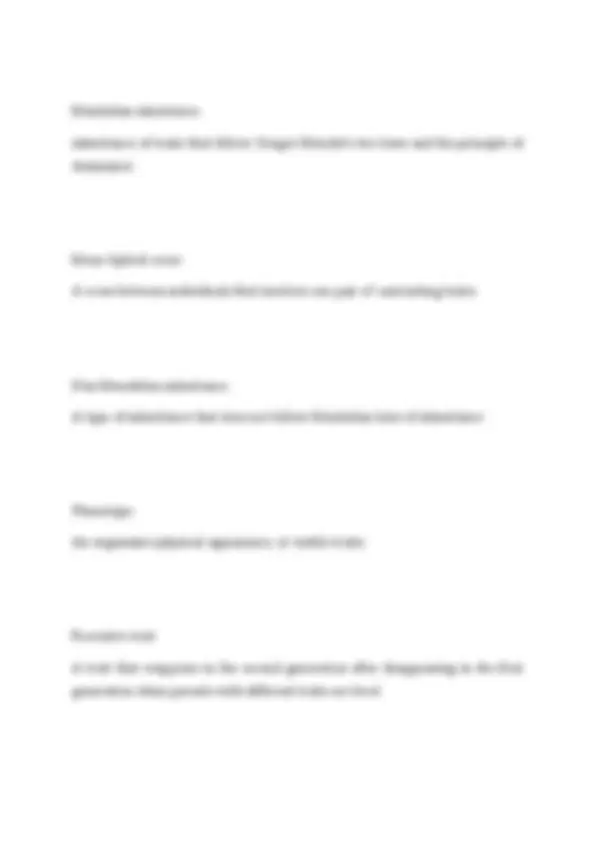
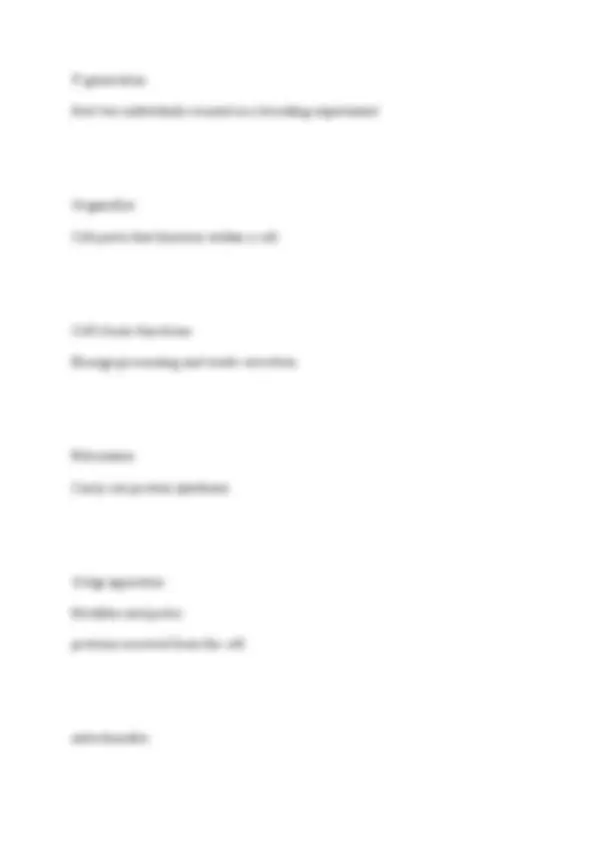
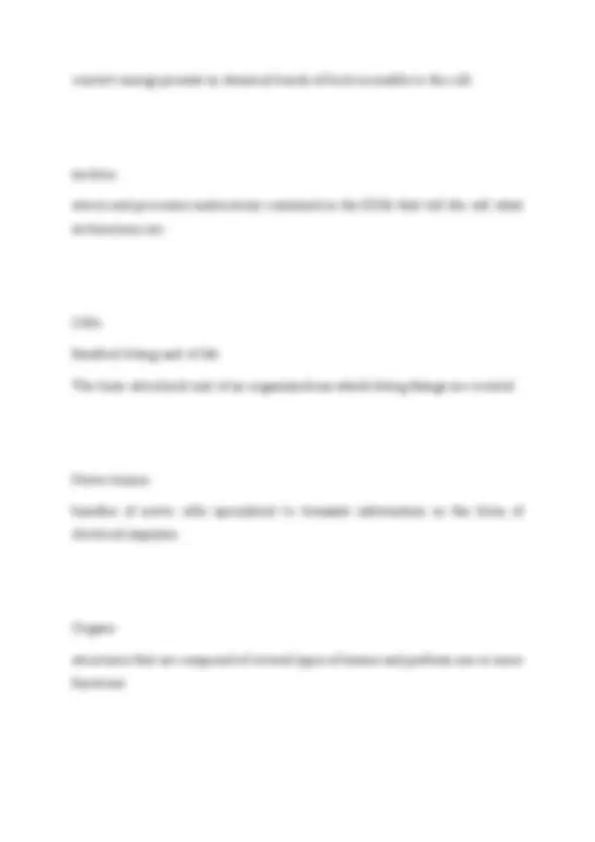
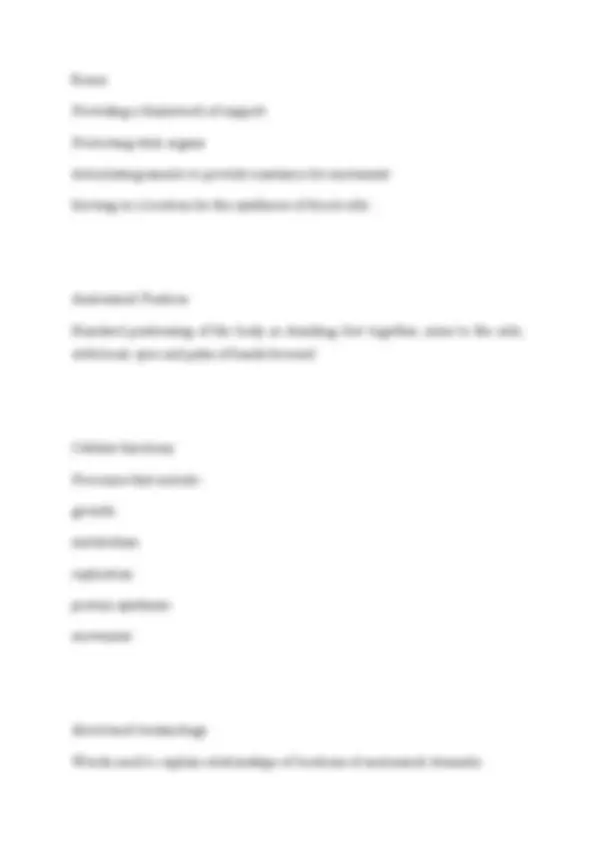
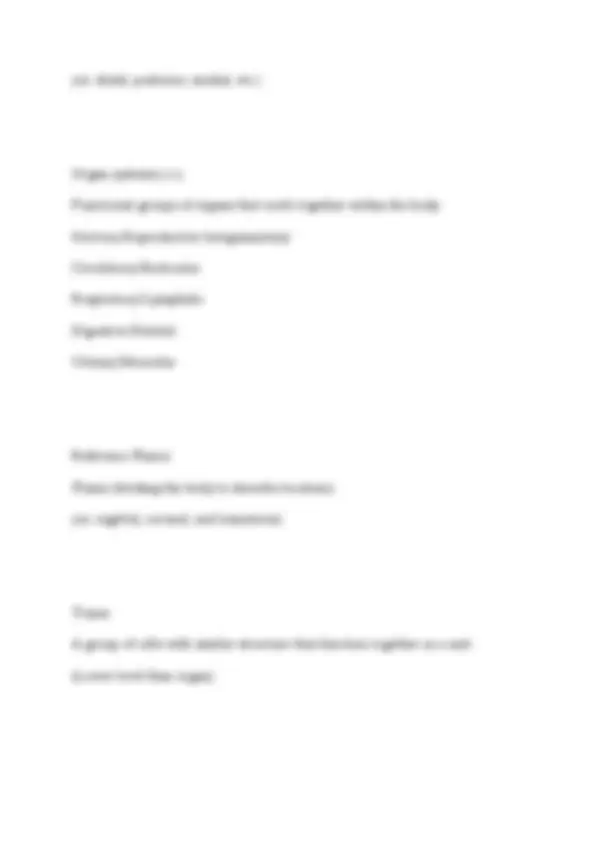
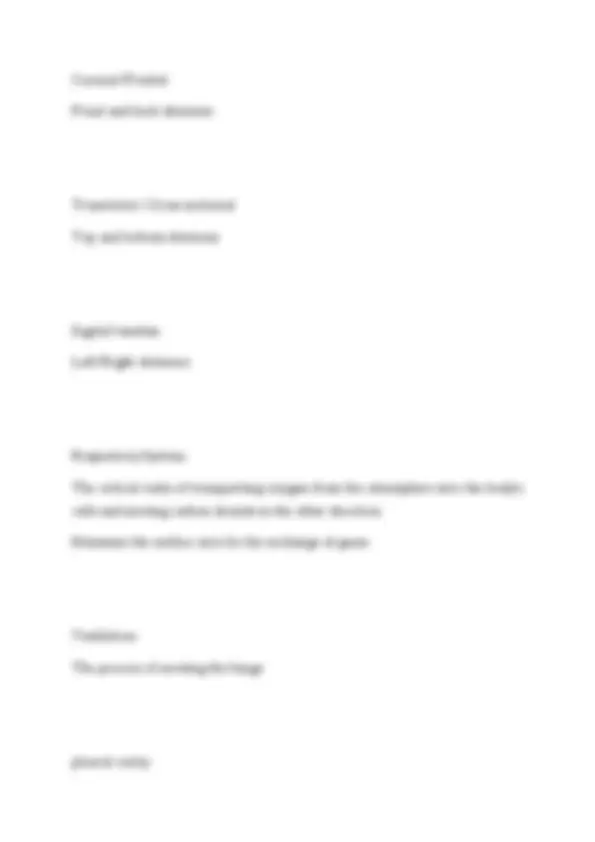
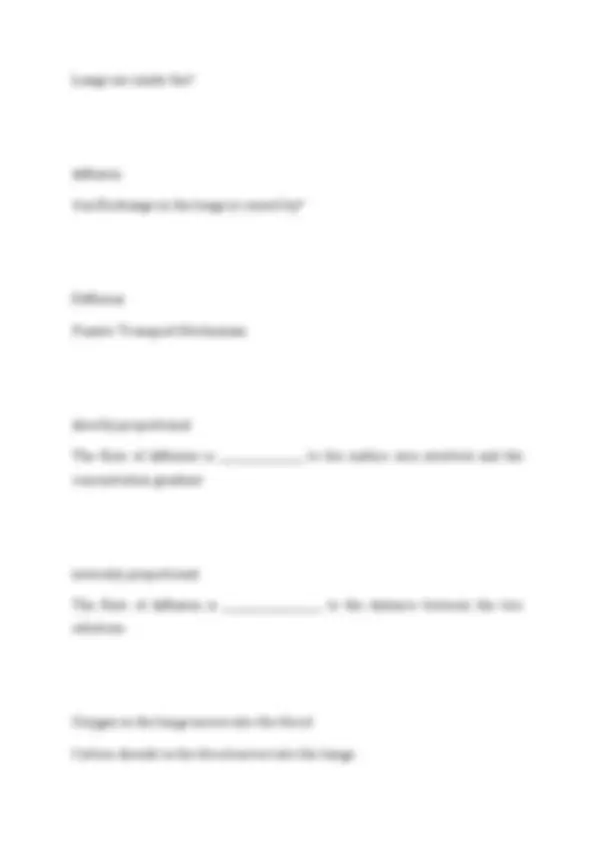
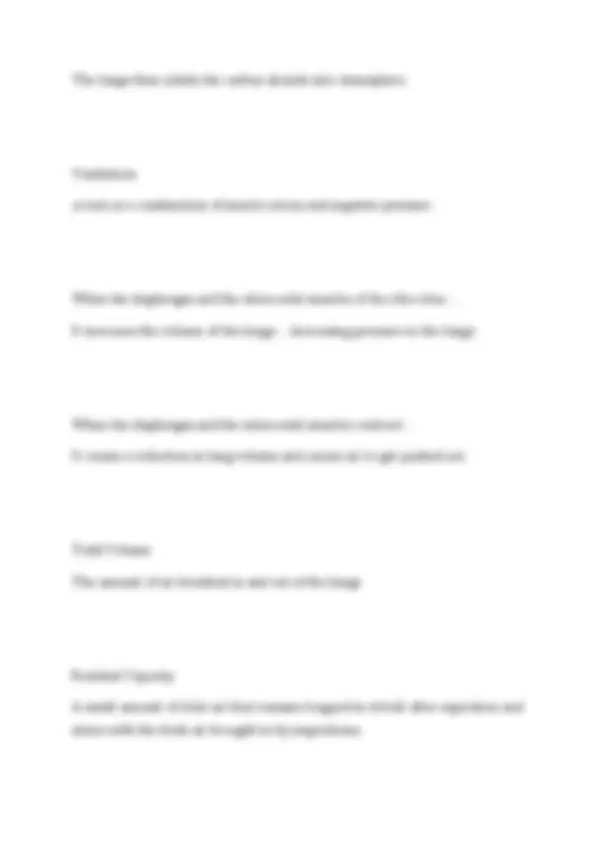

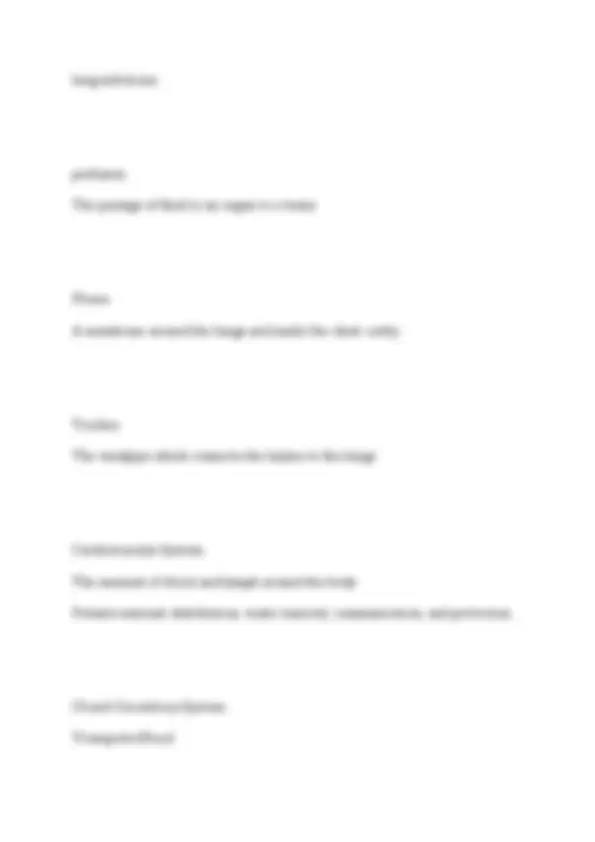

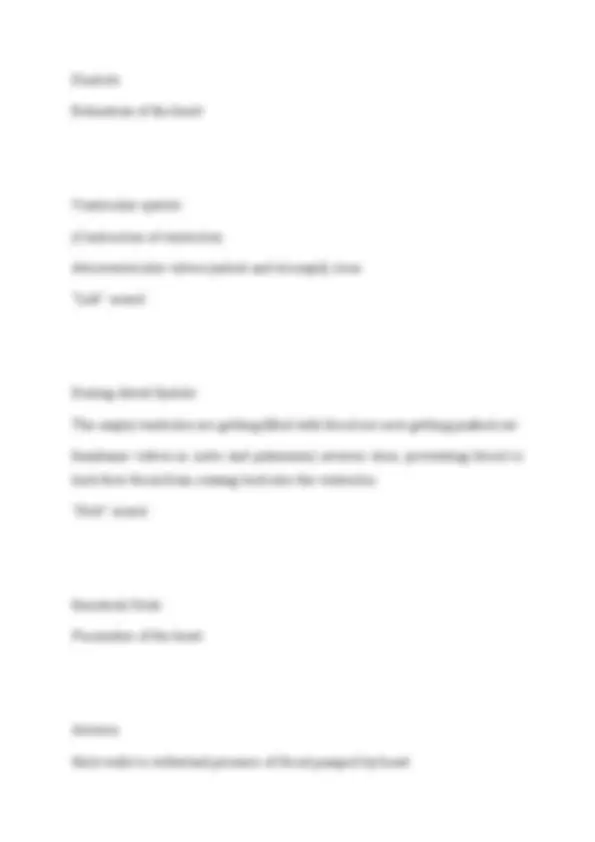


Study with the several resources on Docsity

Earn points by helping other students or get them with a premium plan


Prepare for your exams
Study with the several resources on Docsity

Earn points to download
Earn points by helping other students or get them with a premium plan
Community
Ask the community for help and clear up your study doubts
Discover the best universities in your country according to Docsity users
Free resources
Download our free guides on studying techniques, anxiety management strategies, and thesis advice from Docsity tutors
ATI TEAS: SCIENCE | 830 QUESTIONS AND ANSWERS | 2025-2026 | GRADED A+
Typology: Exams
1 / 169

This page cannot be seen from the preview
Don't miss anything!





























































































What does the respiratory system do? Brings in oxygen to go into the cells, and picks up carbon dioxide to be removed from the bodyguard What are the 7 parts of the respiratory system?
What is cilia? Tiny hairs in the nose and trachea that wave particles up away and out What is mucus? Something that keeps the air warm and moist but also traps particles How many alveoli does each lung have? 150 million What does hemoglobin do? Carries oxygen through the blood What is pleura? Sacs that surround the lungs What is the diaphragm? The muscle at the bottom of the thoracic cavity
Tissues in lungs lose elasticity; tissues can't enough O2 or get rid of enough CO What is lung cancer? Cells that do not stop reproducing; can spread to other locations because lungs are so central and connected to so much; survival is generally less then 5 years from diagnosis What is heart disease? Blood vessels are constricted, blood pressure rises, heart has to work harder, heart wears out more quickly What is cystic fibrosis? Genetic (recessive); lungs can get clogged with mucous What is mesothelioma? Lungs become exposed to asbestos and lose elasticity
What is elastic recoil? The ability for the alveoli to get filled with air then return to their normal shape once the air is released What is a spirometer? an instrument for measuring the air capacity of the lungs What is tidal volume? The amount of air taken in and breathed out in a typical breath What is supplemental volume? The xtra air that can be inhaled or exhaled with a deep breath What is reserve amount? The amount of extra air you can breathe out when you force air out of your lungs What is residual amount?
anatomical position a standard position in which the body is facing forward, the feet are parallel to each other, and the arms are at the sides with the palms facing forward Cells The basic unit of structure and function in all living things Cellular functions Processes that include growth, metabolism, replication, protein synthesis, and movement Directional terminology Words used to explain relationships of locations of anatomical elements (distal, posterior, medial, etc.) organ system A group of organs that work together in performing vital body functions.
prokaryotic cell cell that does not have a nucleus or other membrane-bound organelles. (Bacteria) Ribosome site of protein synthesis Nucleus A part of the cell containing DNA and RNA and responsible for growth and reproduction Nucleolus Found inside the nucleus and produces ribosomes Cytoplasm A jellylike fluid inside the cell in which the organelles are suspended Gogli Apparatus
organelle in cells that modifies, sorts, and packages prooteins and other materials from the endoplasmic reticulum for storage in the cell or release outside the cell Vacuole A sac inside a cell that acts as a storage area Smooth Endoplasmic Reticulum creates lipids or fat Rough Endoplasmic Reticulum An endomembrane system covered with ribosomes where many proteins for transport are assembled. Mitochondria Powerhouse of the cell, organelle that is the site of ATP (energy) production
cell membrane thin, flexible barrier around a cell; regulates what enters and leaves the cell Cell wall found only in plant and bacteria this structure is found outside the cell membrane and serves as a more rigid protective barrier mRNA messenger RNA; type of RNA that carries instructions from DNA in the nucleus to the ribosome 4 haploid gametes
The windpipe, which connects the larynx to the lungs Meiosis Cell division that produces reproductive cells in sexually reproducing organisms Prophase (mitosis) The first and longest stage of mitosis. In this stage the chromosomes become visible and the centrioles separate and move to opposite poles of the cell. Metaphase (mitosis) The second stage of mitosis. In this stage the chromosomes line up across the center of the cell and become connected to the spindle fiber at their centromere. Anaphase (Mitosis) The third stage of mitosis. In this stage the sister chromatids separate into individual chromosomes and are pulled apart. Telophase (mitosis)
Edit to make changes by adding, deleting, or modifying text, graphics, or other items in a document procedure Process of writing, editing, and revision Revision the act of rewriting something Sequence the order in which things happen or should happen Blog A website that is usually informal and independently run Classified A print advertisement selling or soliciting something
Exclamatory expresses strong emotion Forum an online message board Rhetorical used for effect only, not meaning memorandum a written informal note usually used for business purposes Graphic a diagram, graph, illustration, or other piece of artwork
anecdote a short and amusing or interesting story about a real incident or person argumentative given to expressing divergent or opposite views. persuasive writing A kind of speaking or writing that is intended to influence people's actions and/or thoughts. (Problem/solution) Rhetoric the art of using language effectively and persuasively Expositiry writing Gives information not previously known about a topic or is used to explain or define one. Facts, examples, statistics, cause and effect, direct tone, ojective
rather than subjective delievery, and non-emotional information are presented in a formal manner. narrative writing Tells the story of real-life experiences (entertain, inform, and challenge) cause and effect The reason something happens and the result of it happening. compare and contrast Give an account of similarities and differences between two (or more) items or situations, referring to both (all) of them throughout. Reasons answers "why" to claim. evidence uses facts What is the difference between reason and evidence? Connotation vs. Denotation